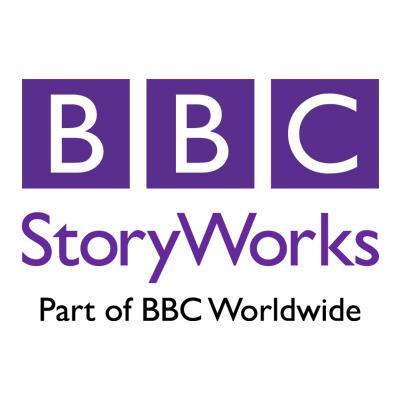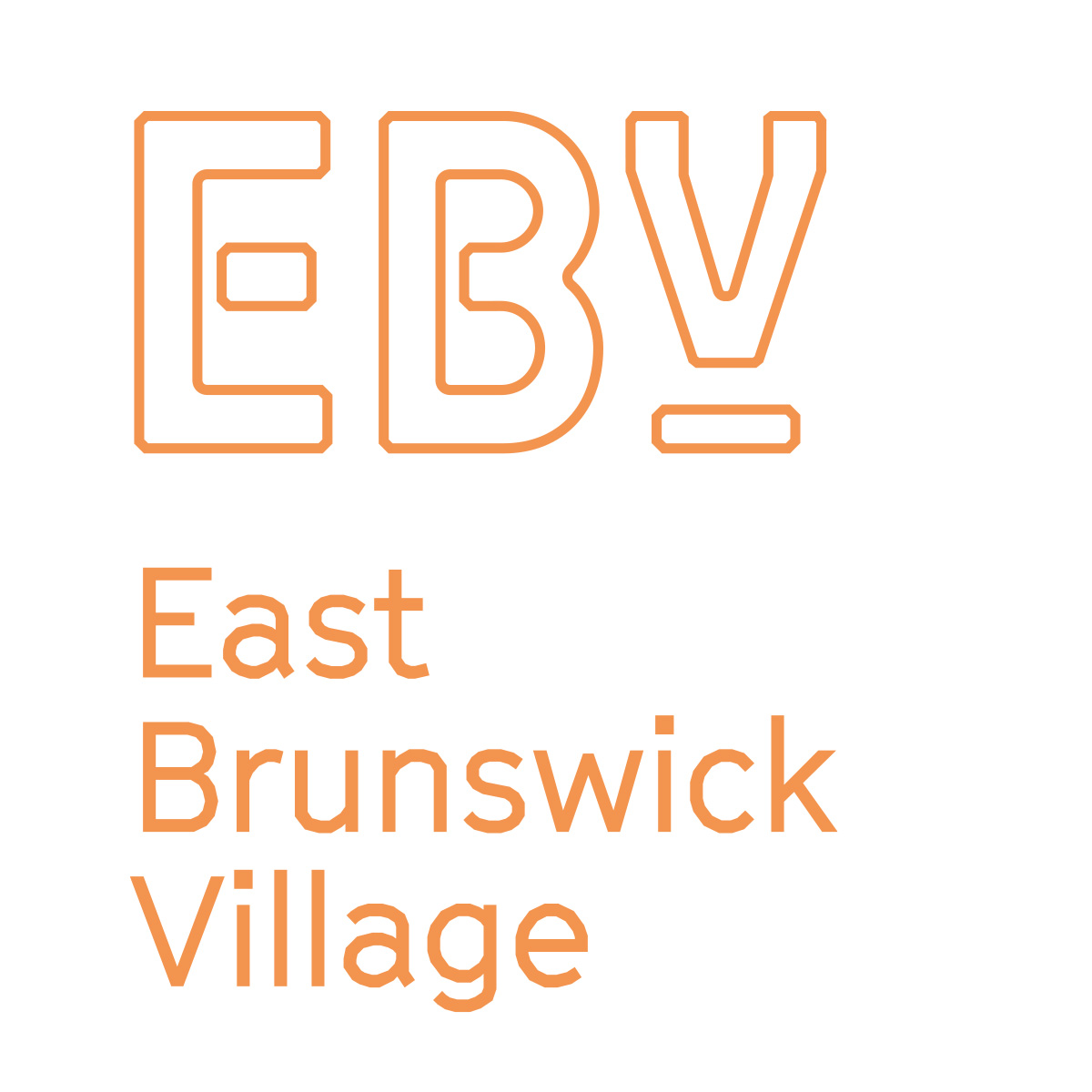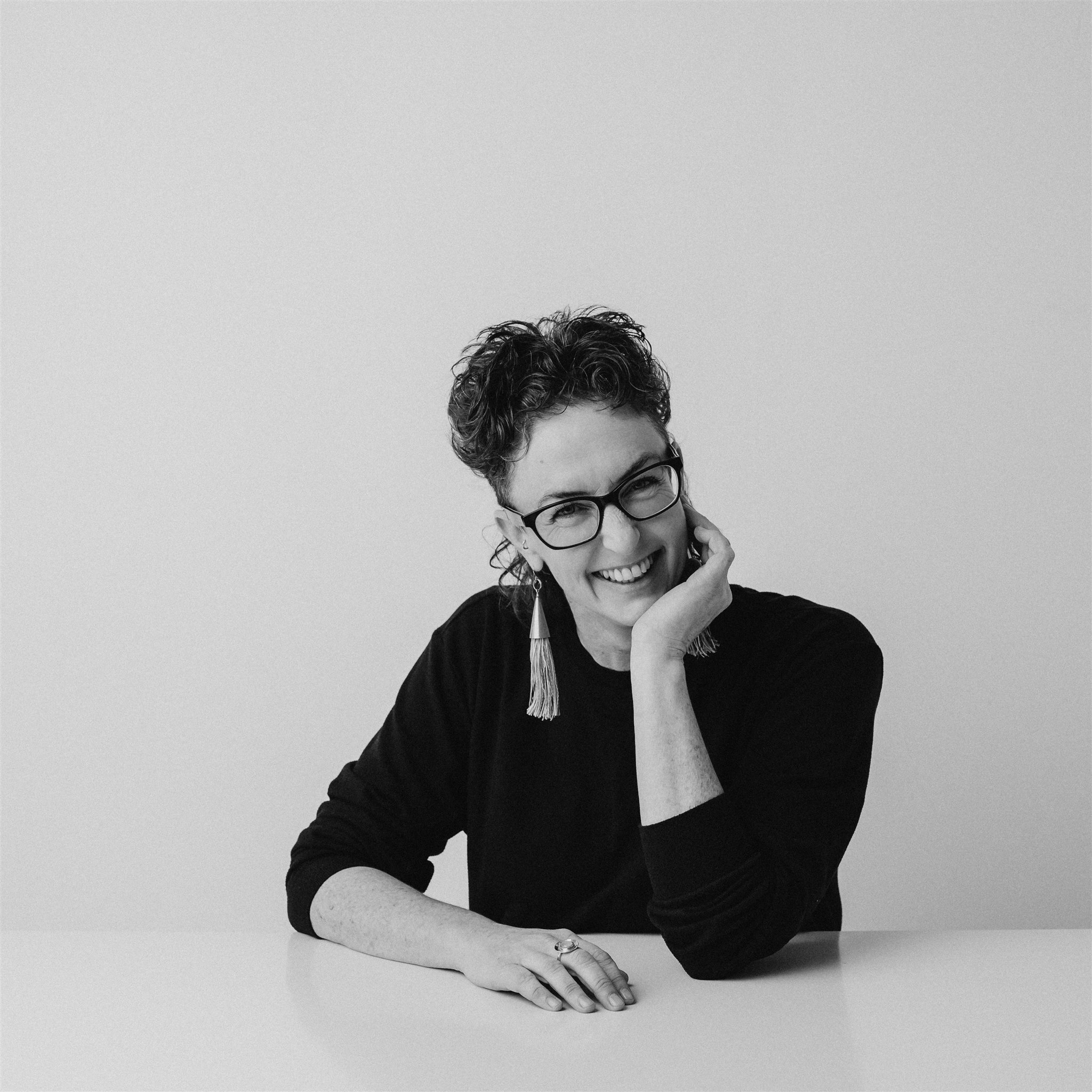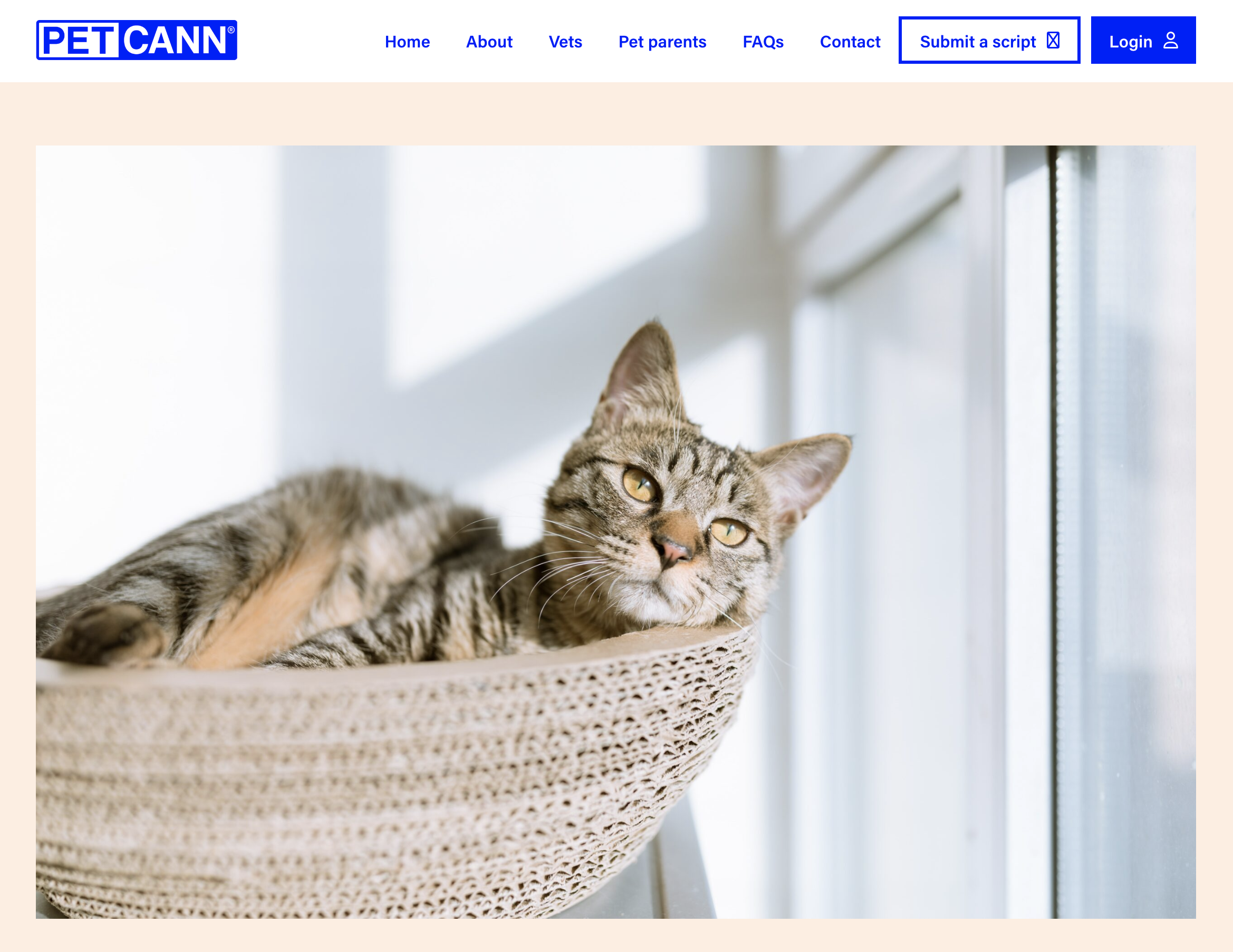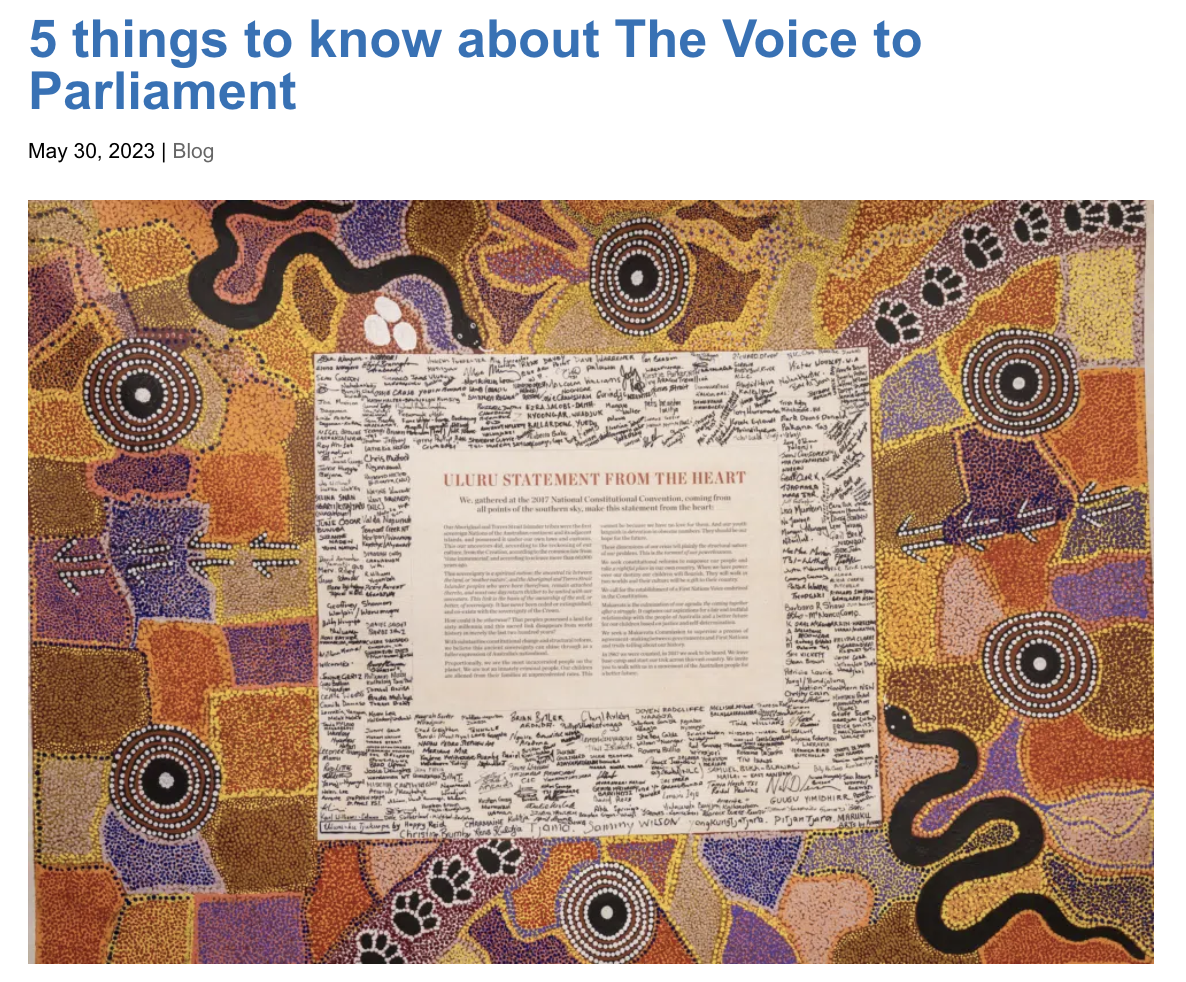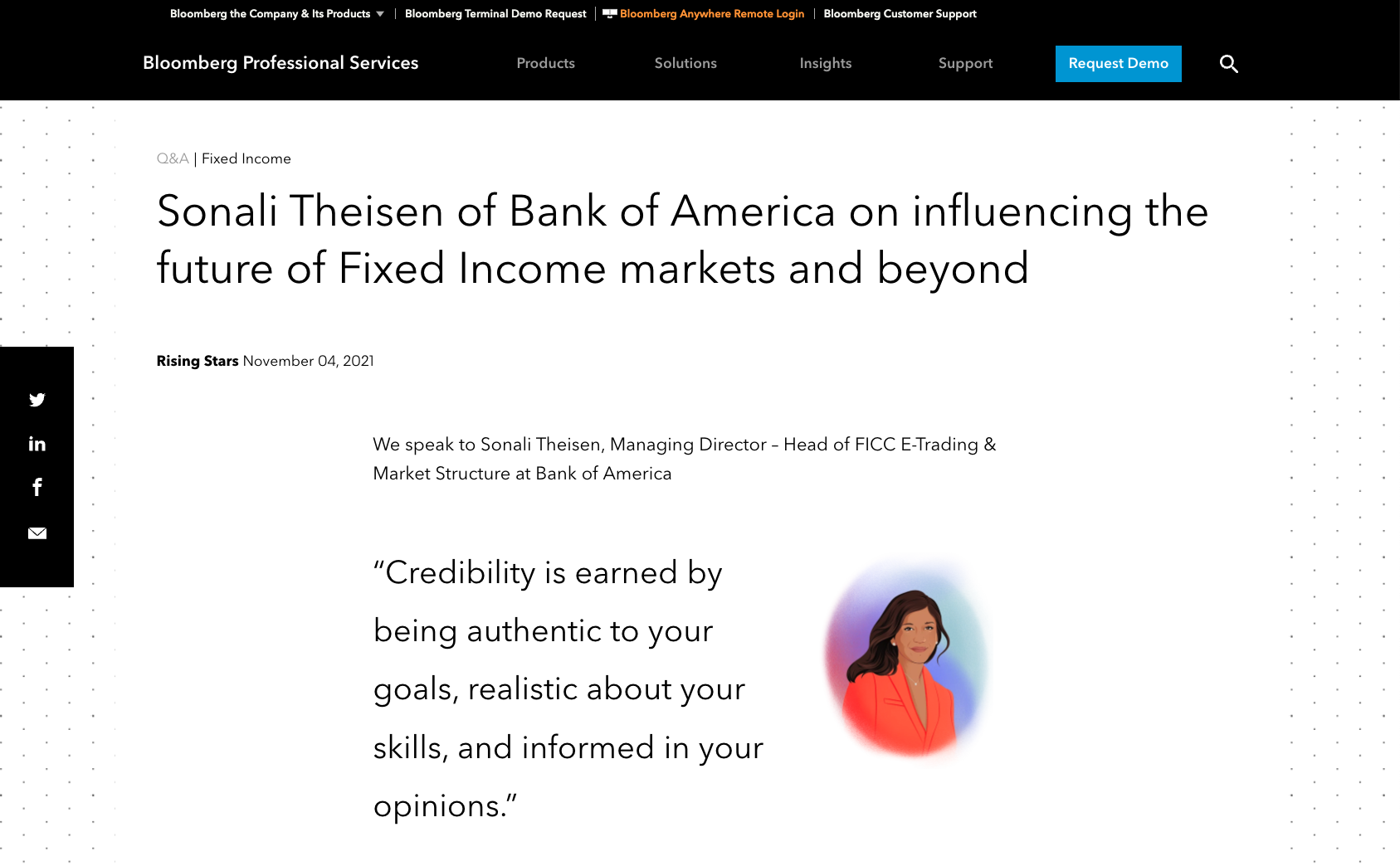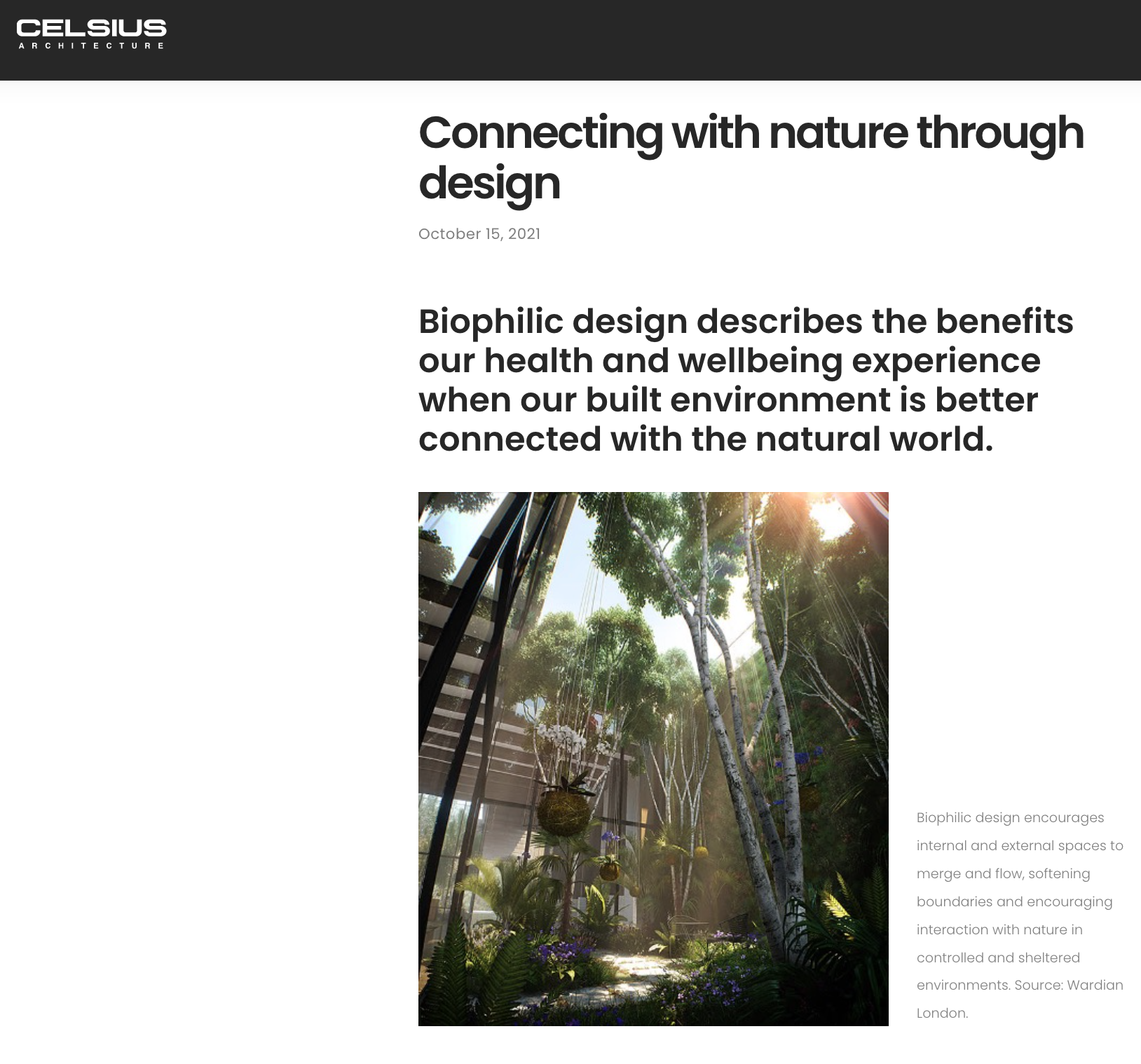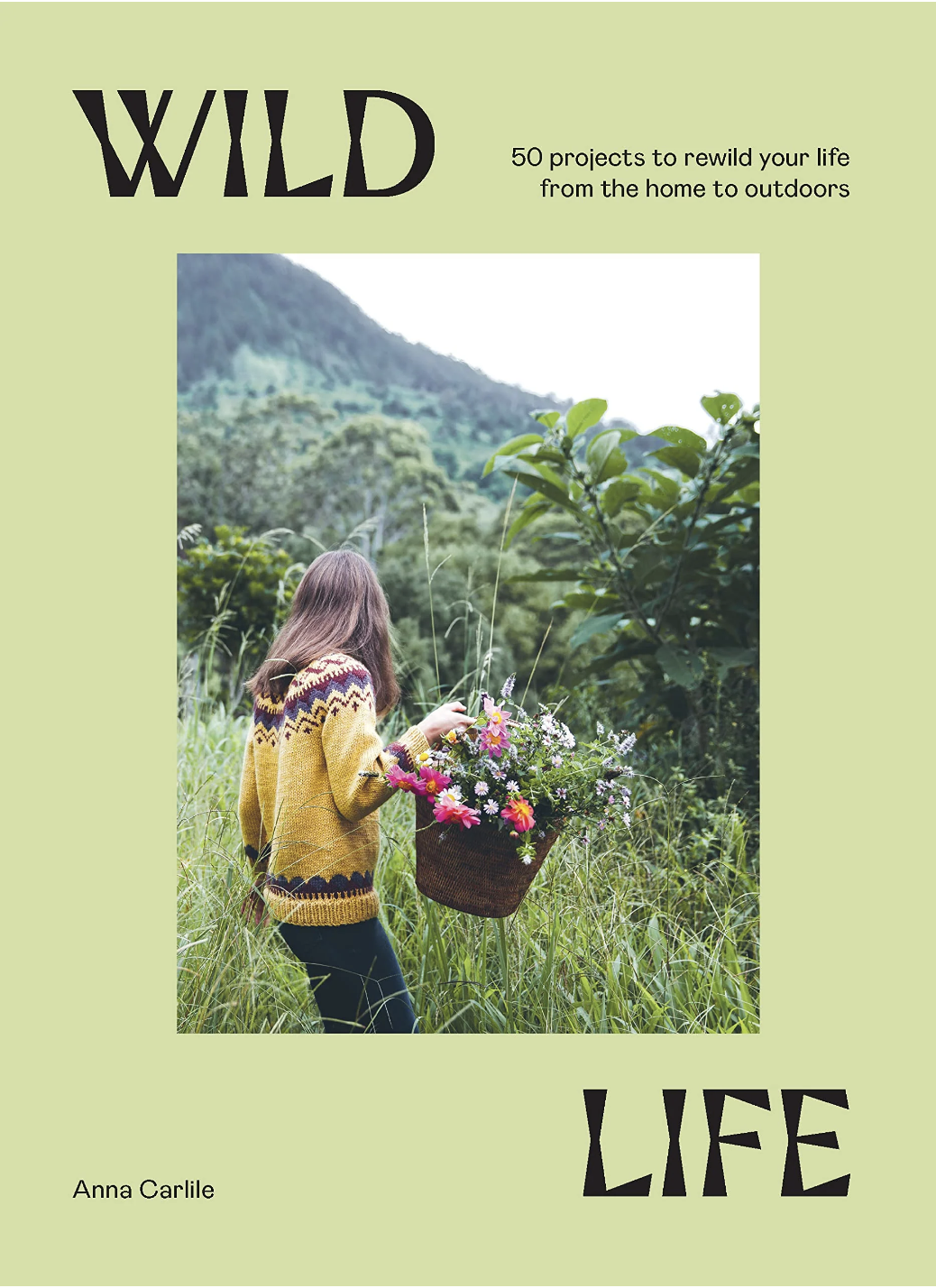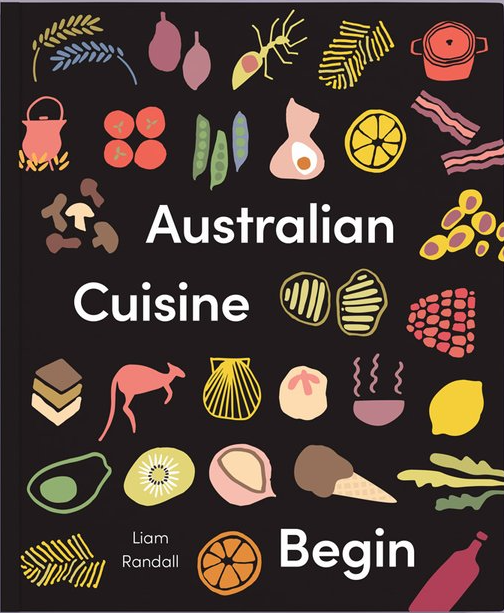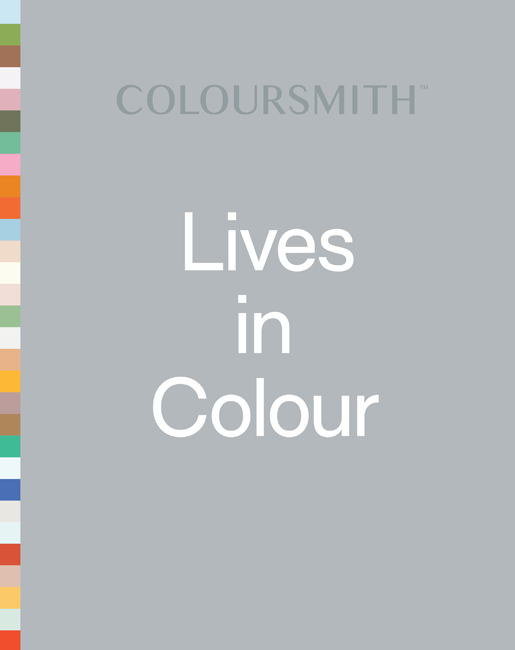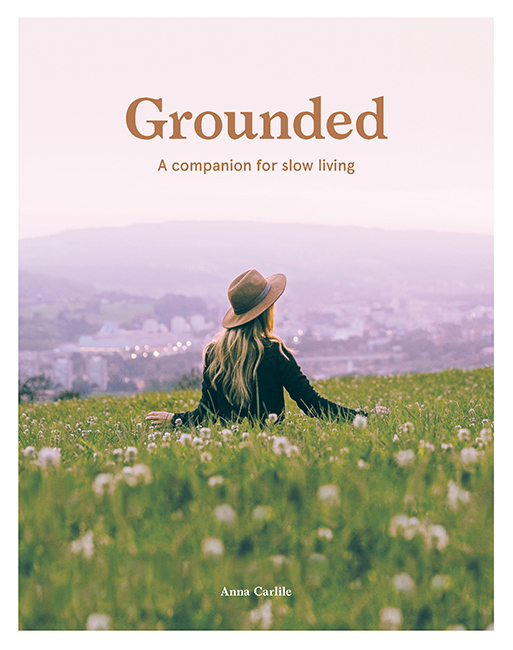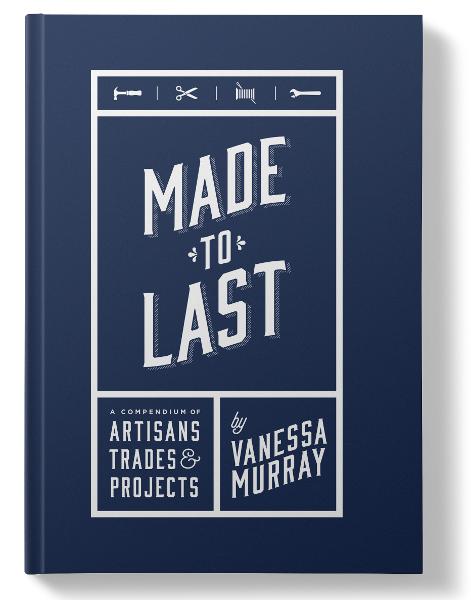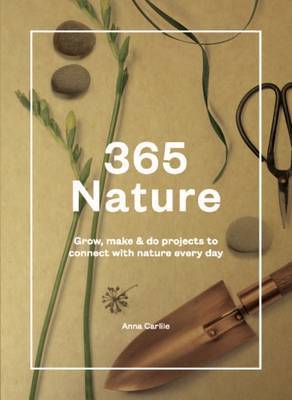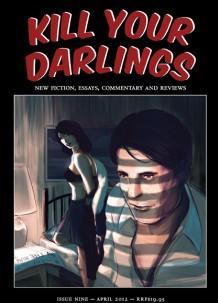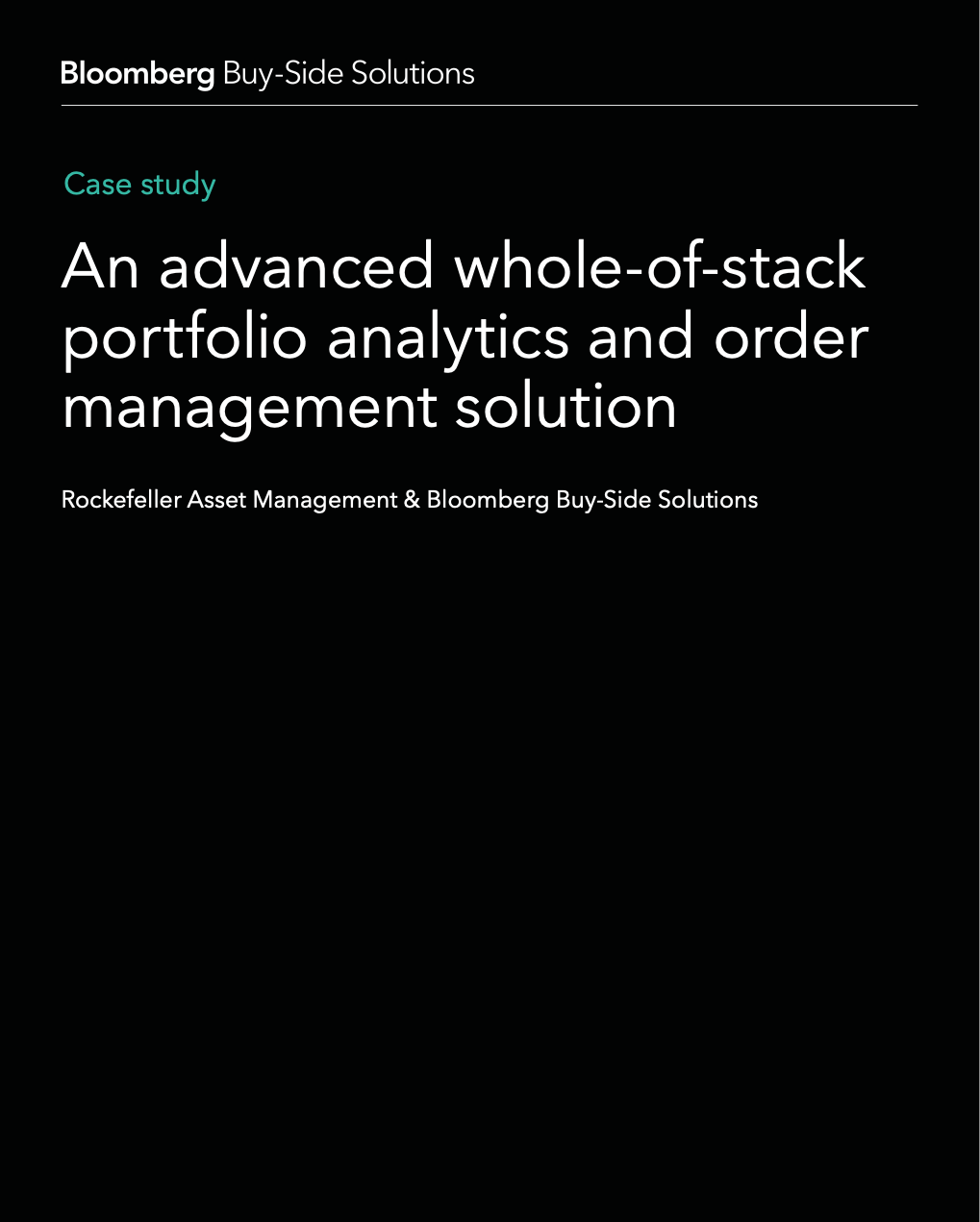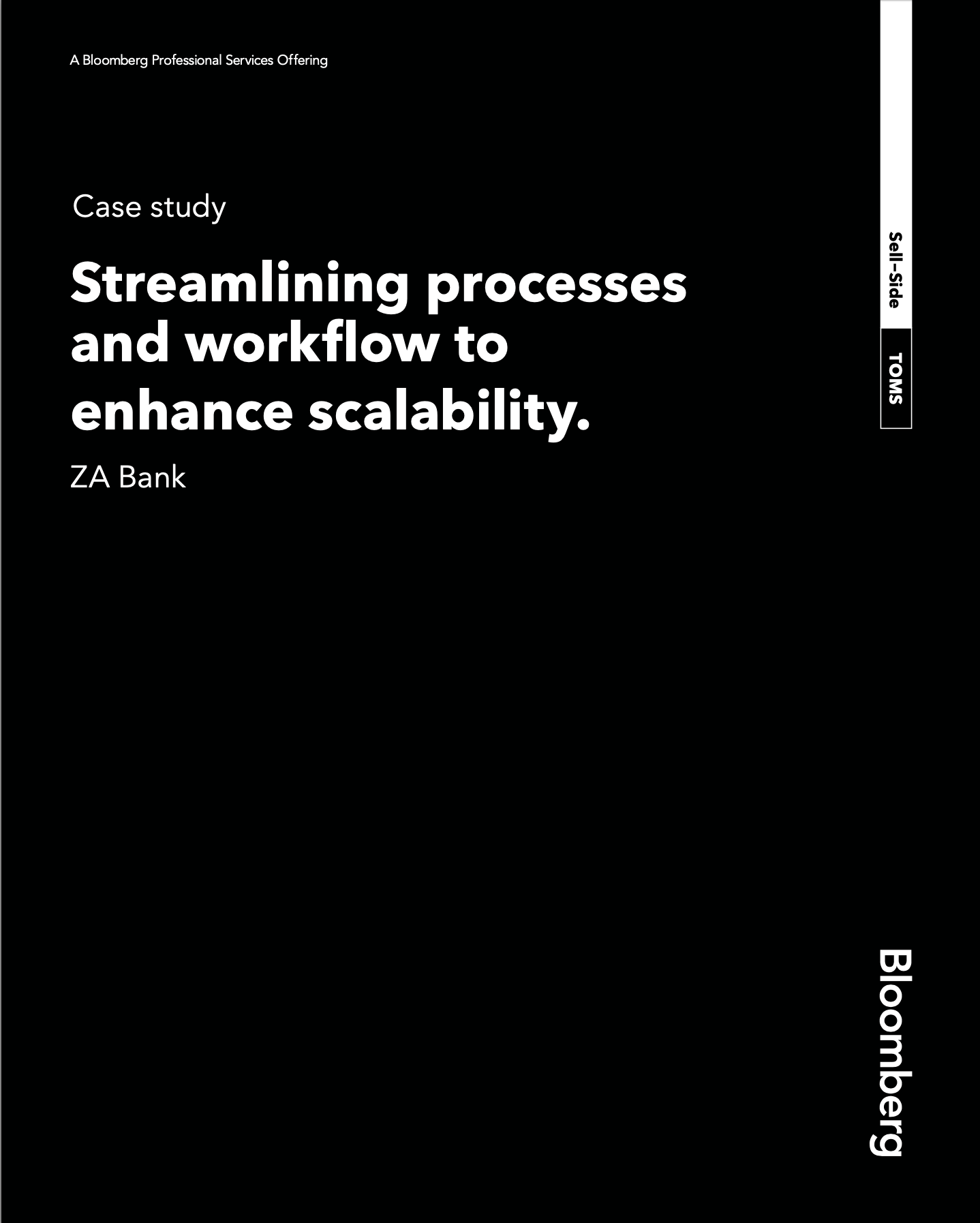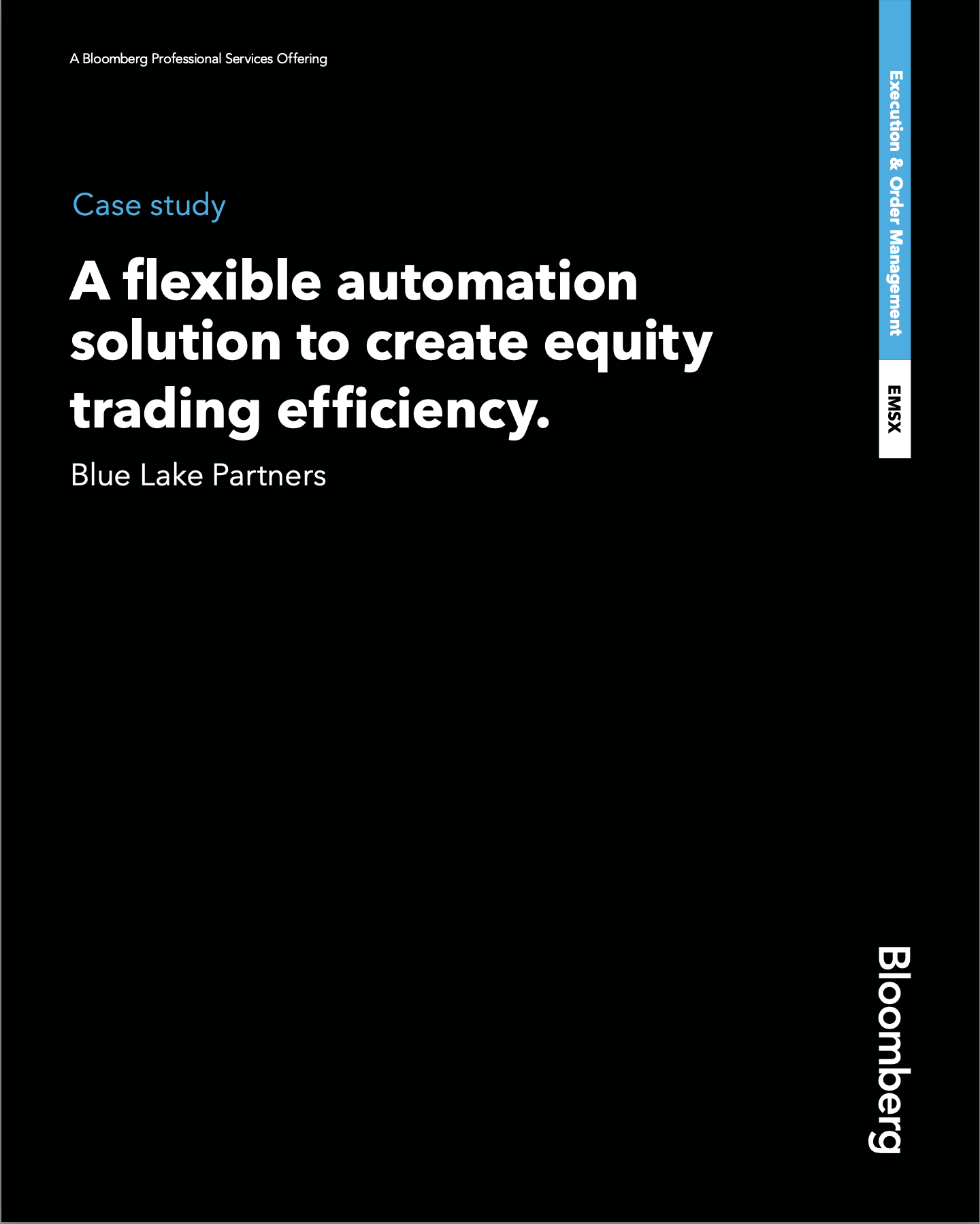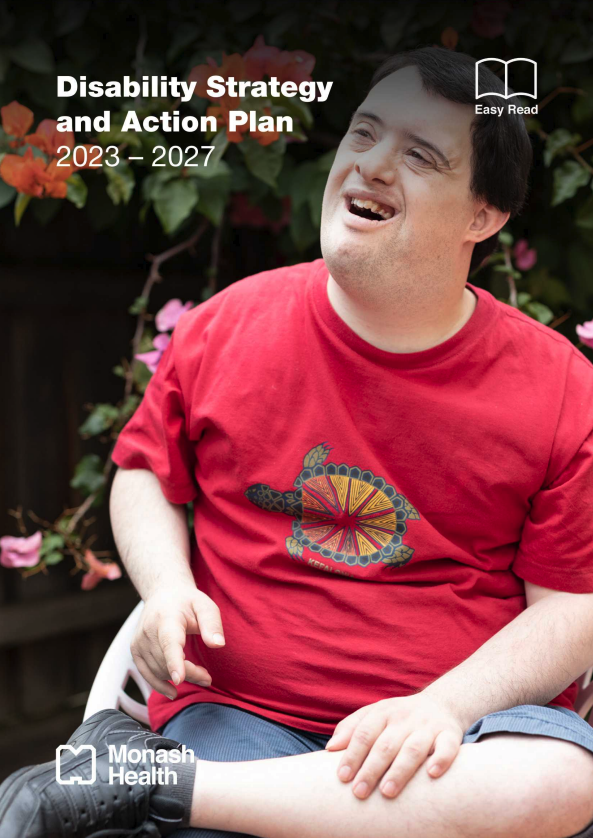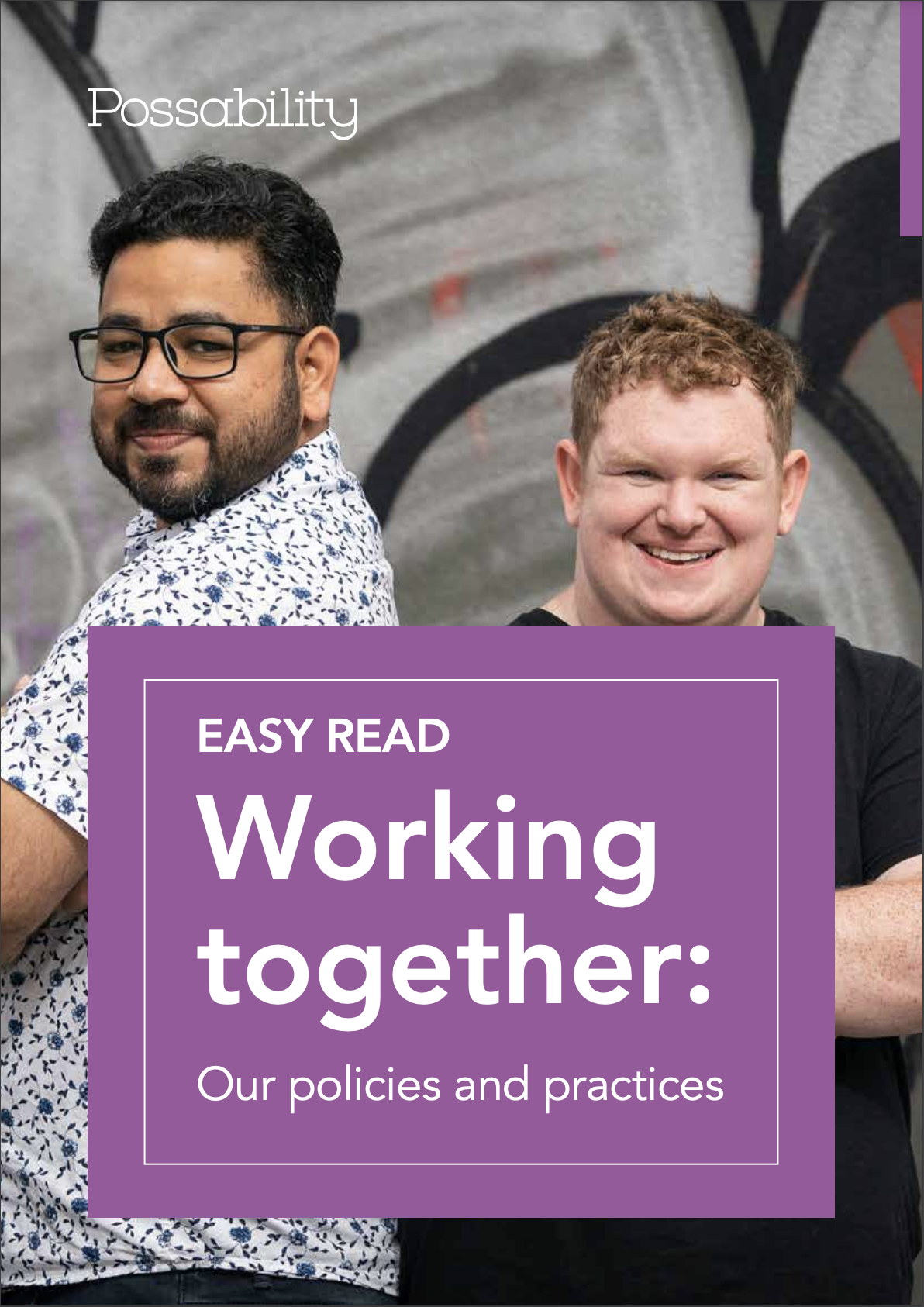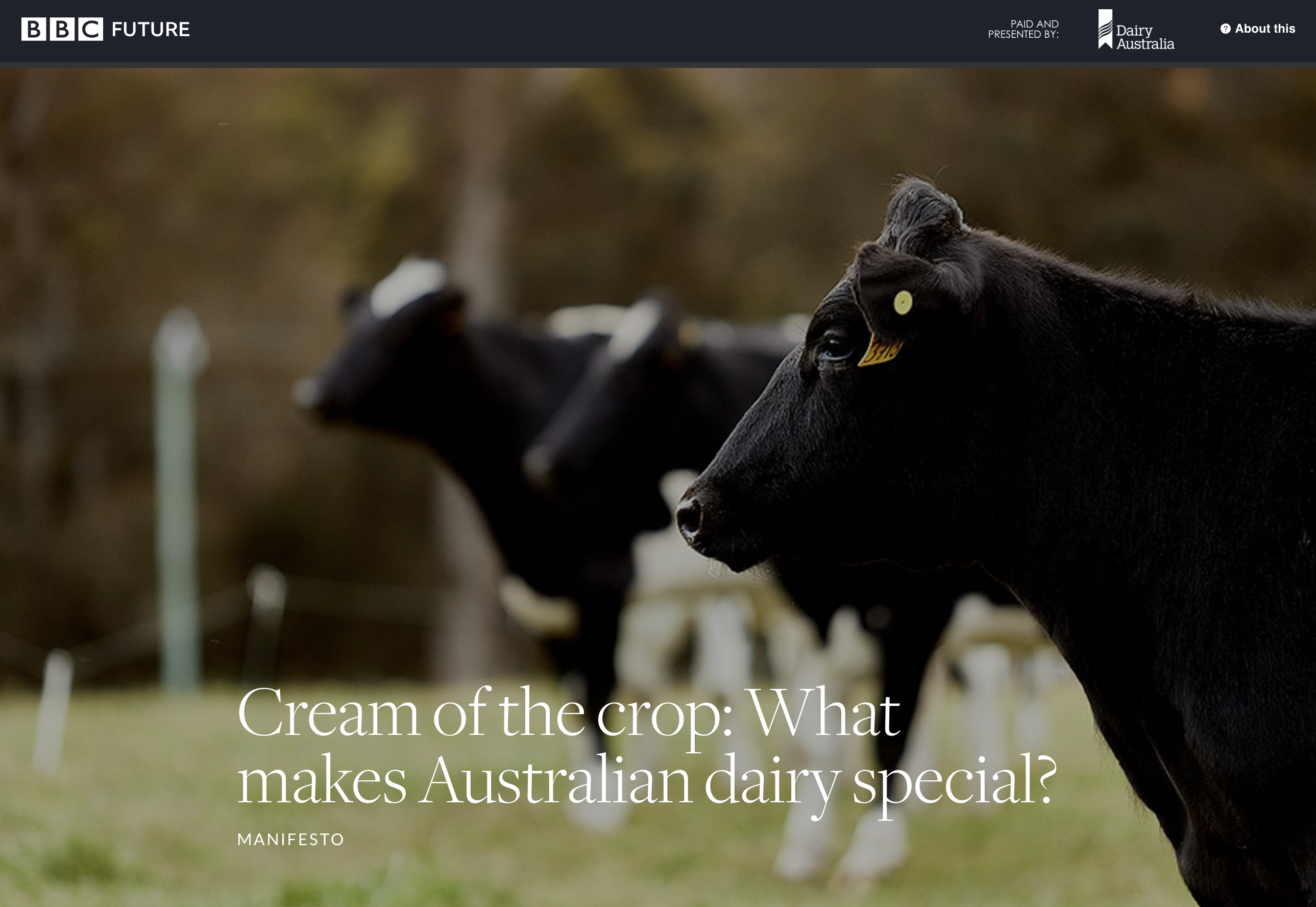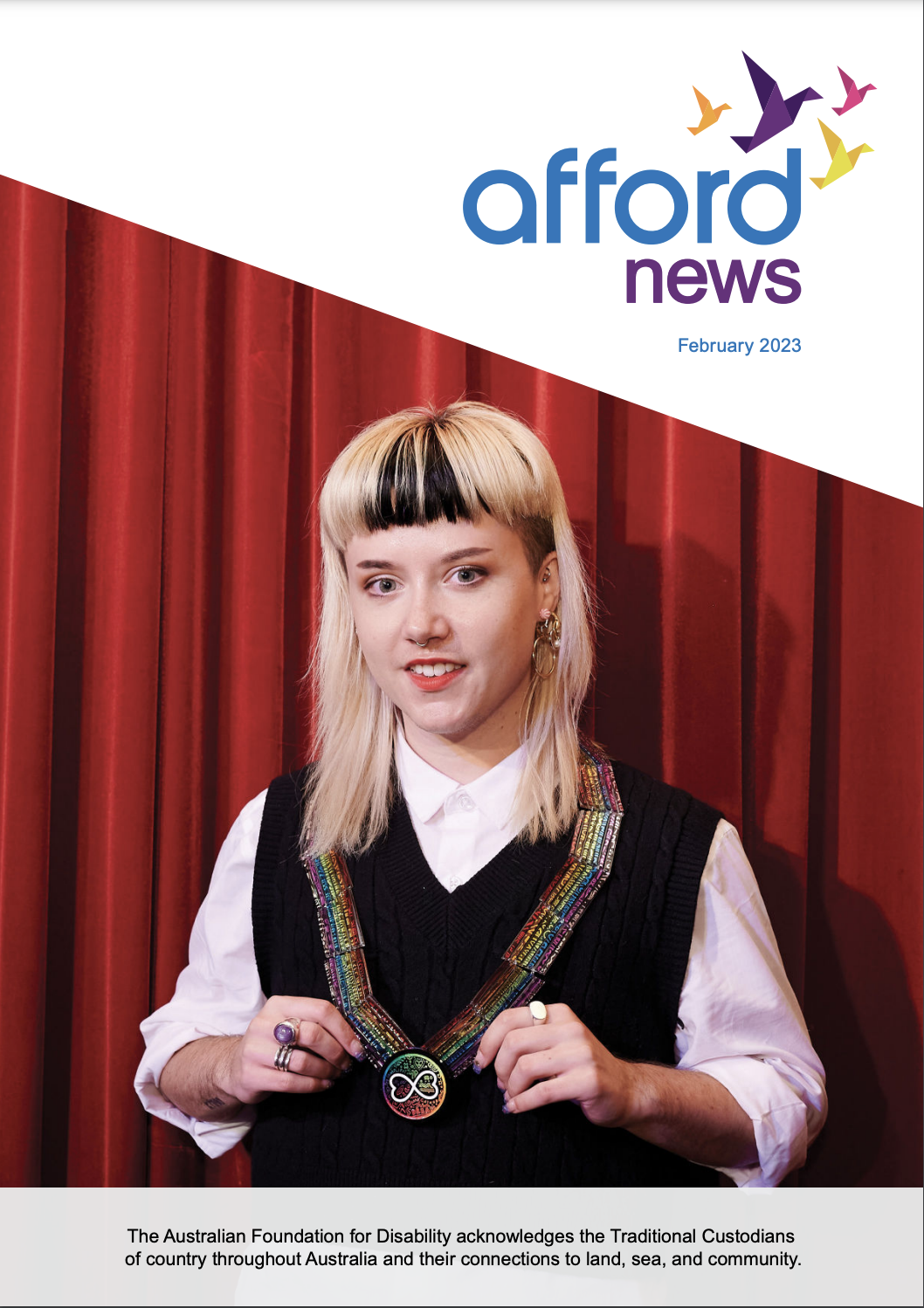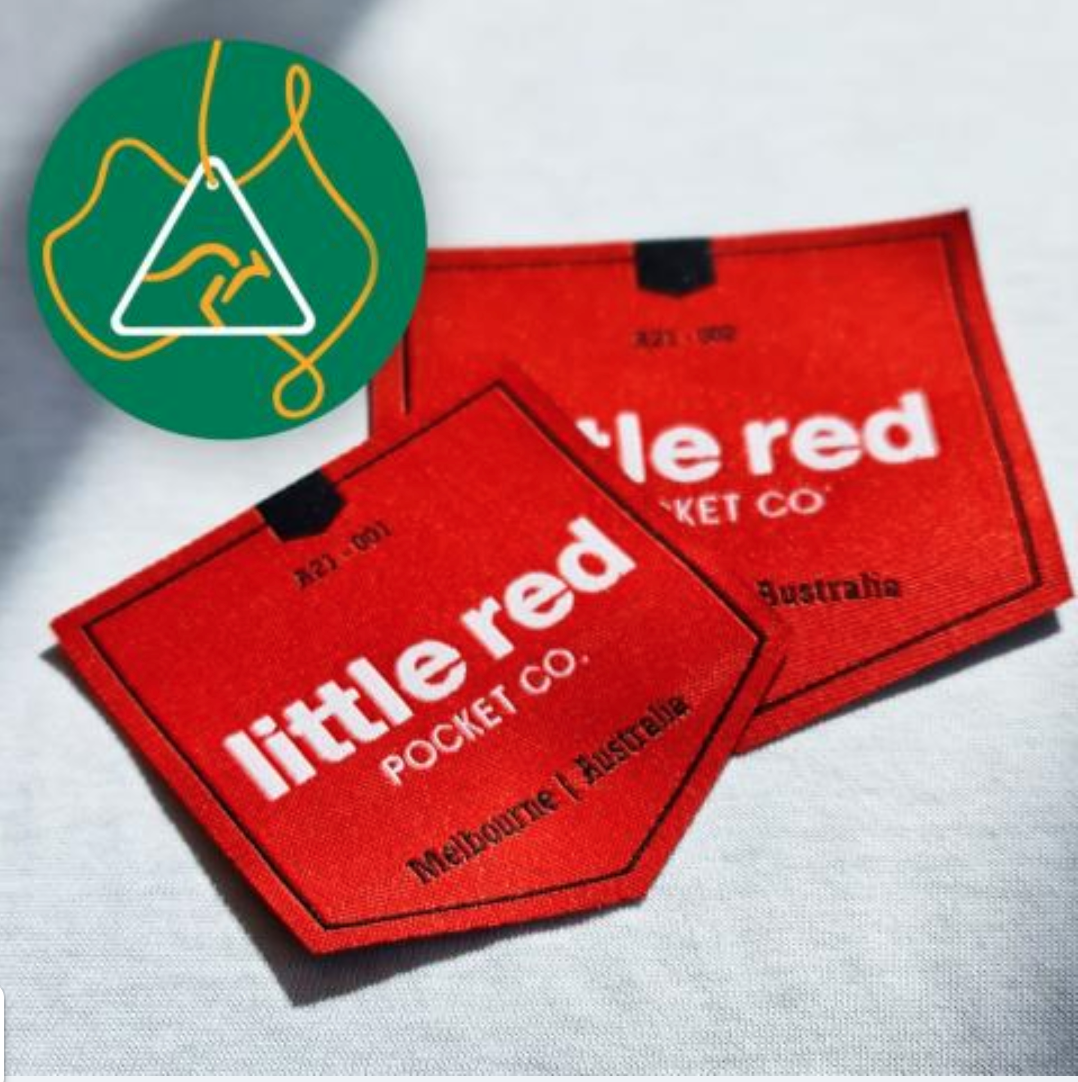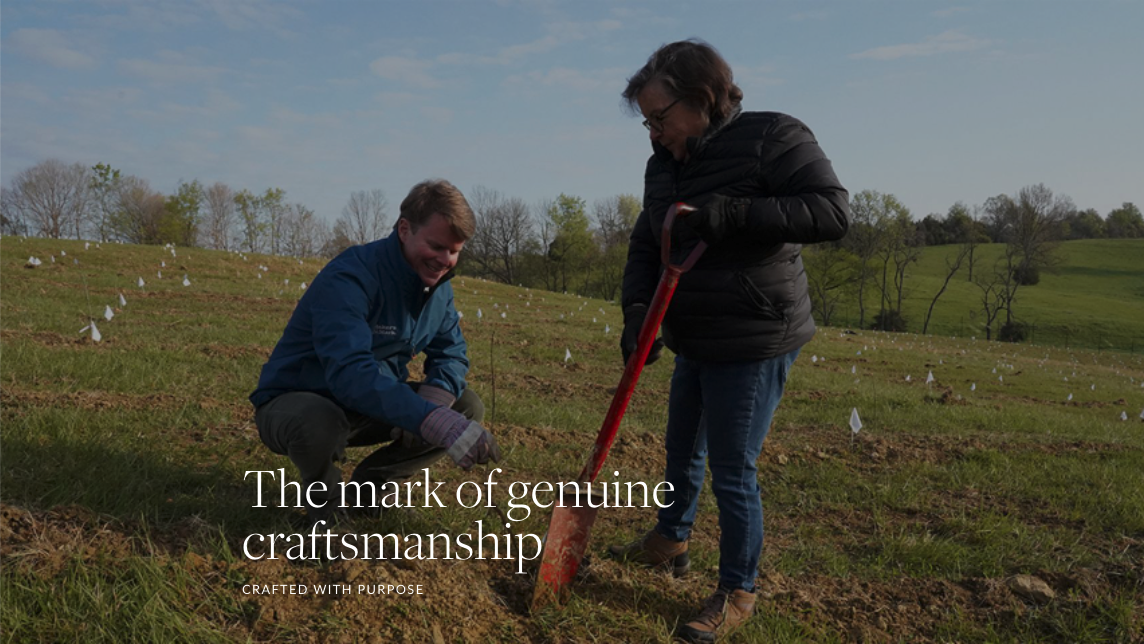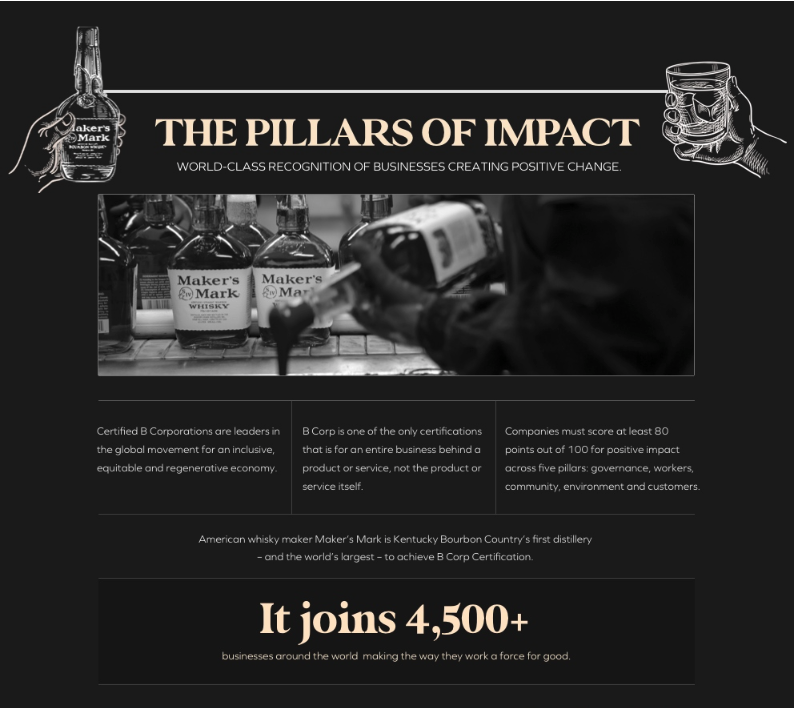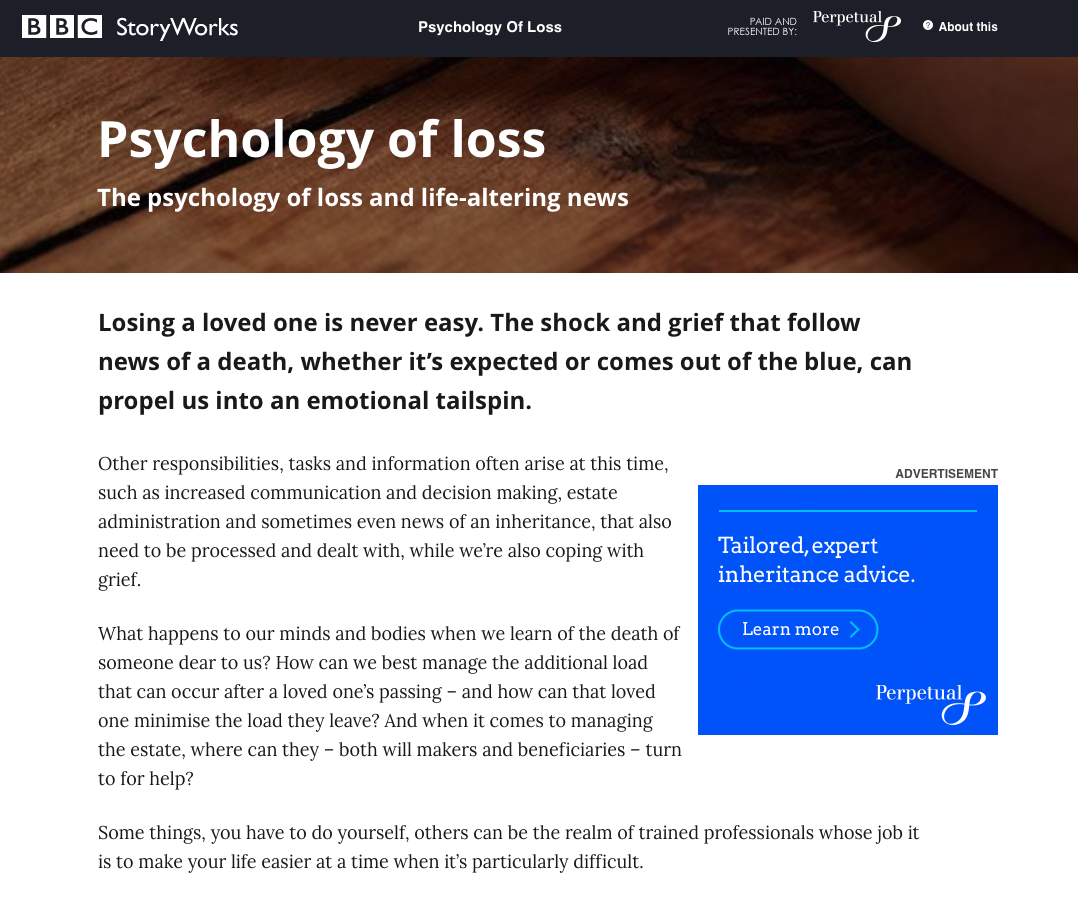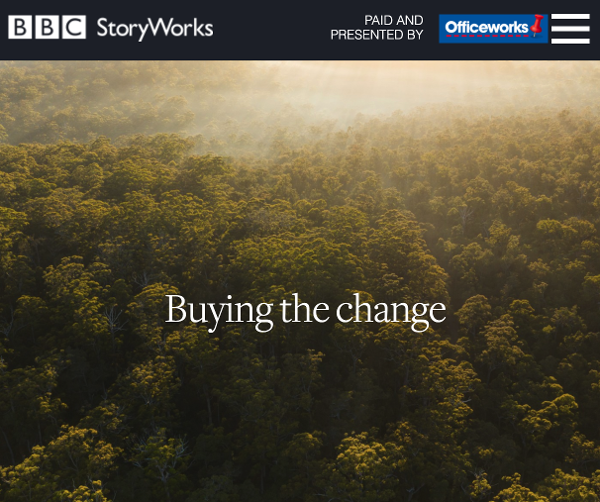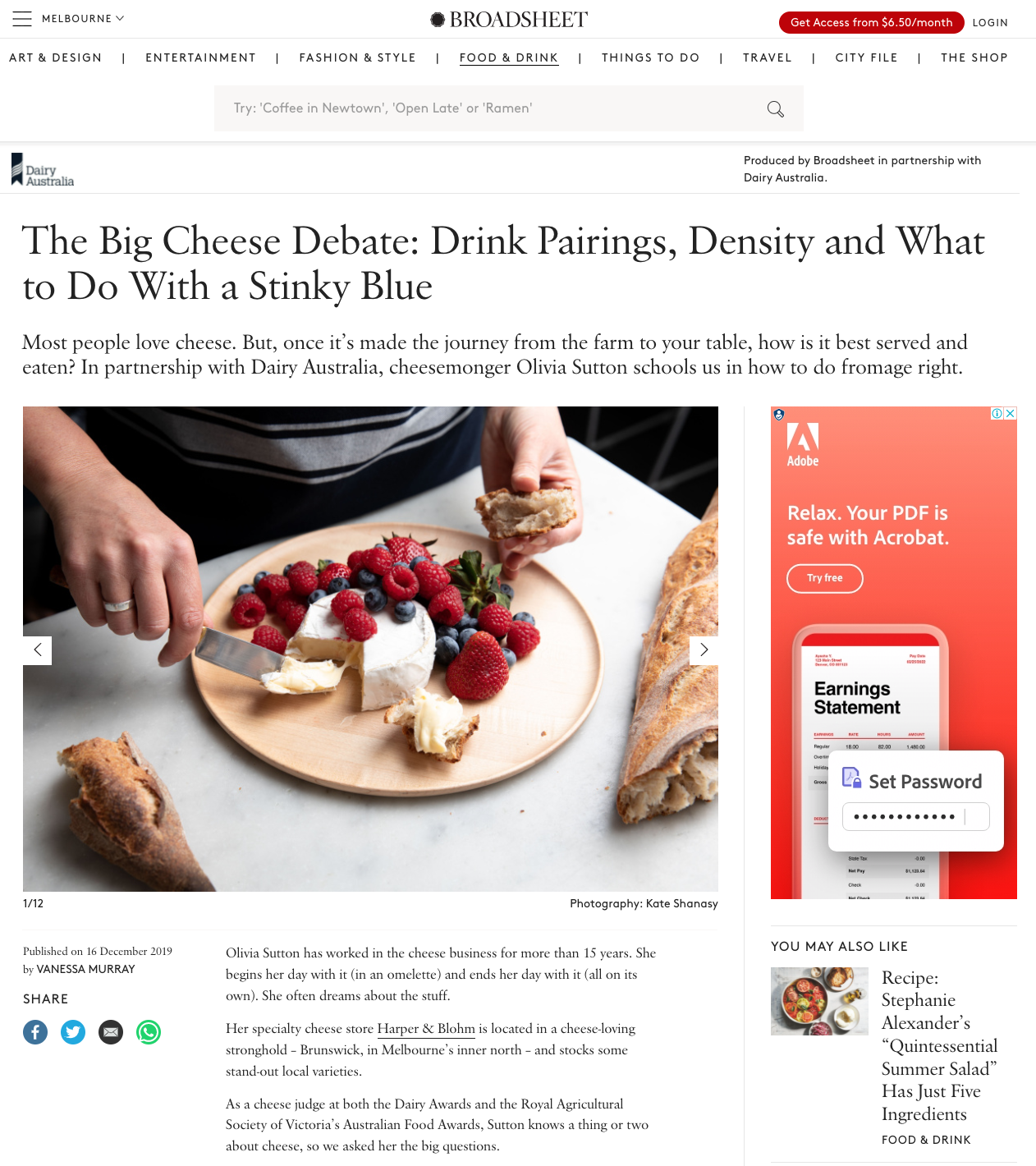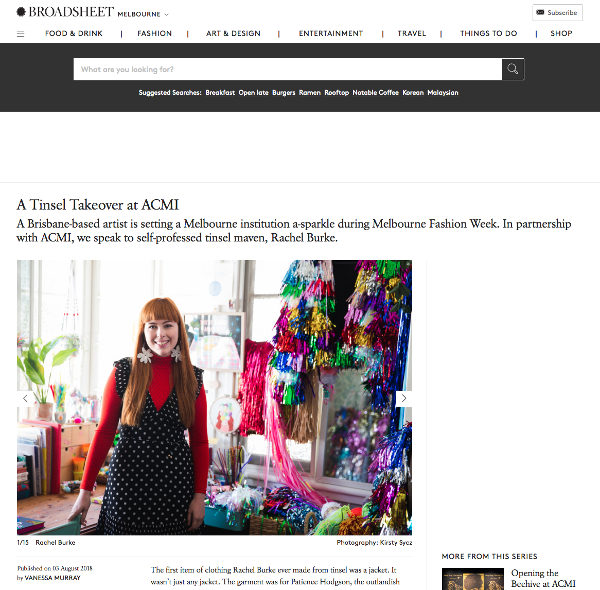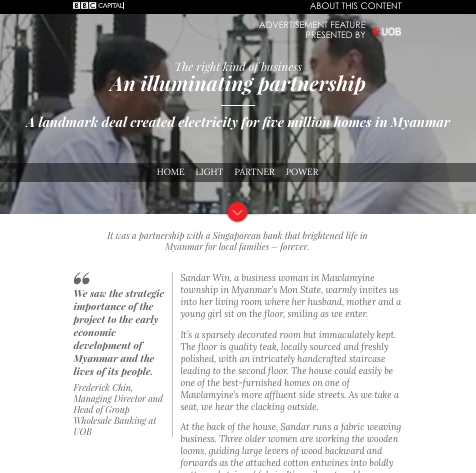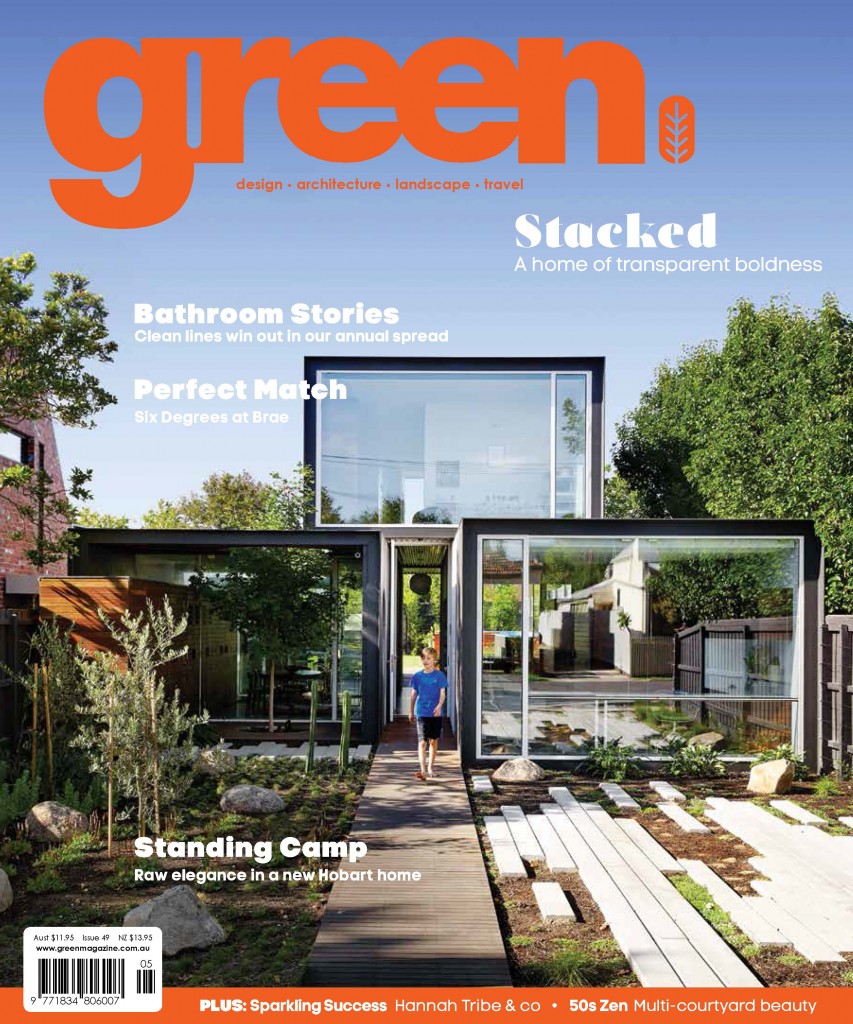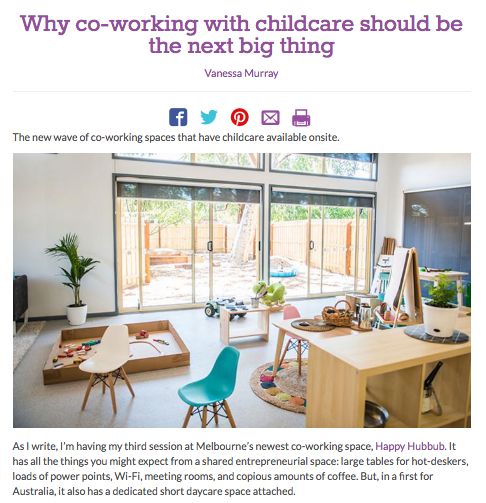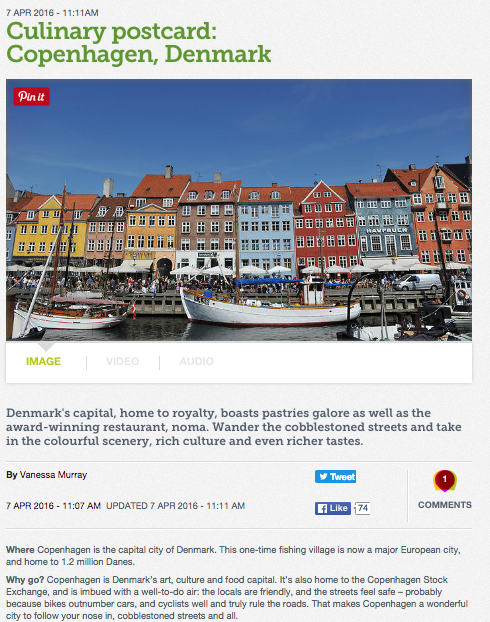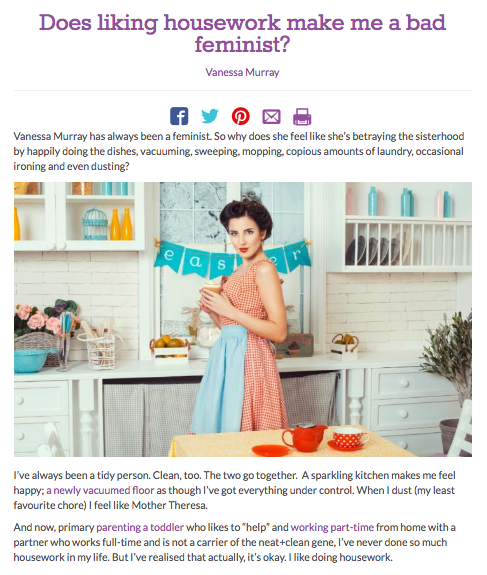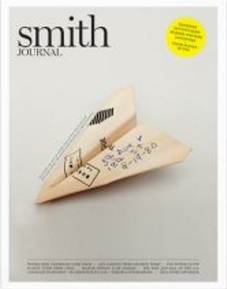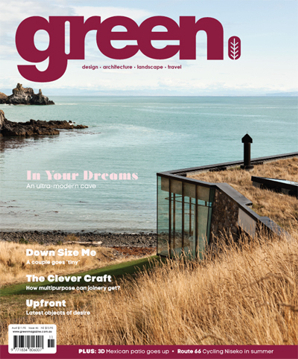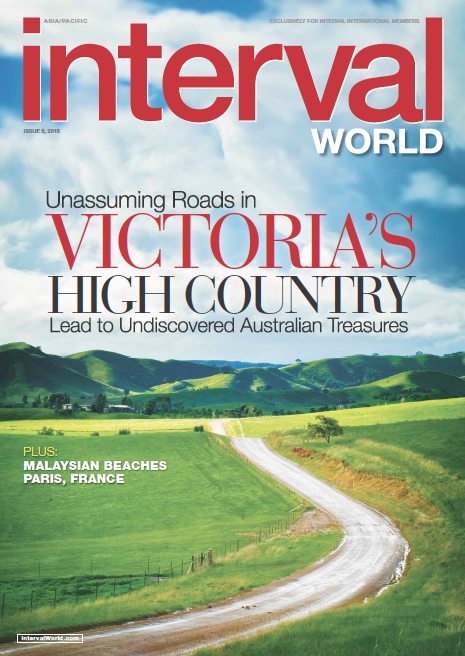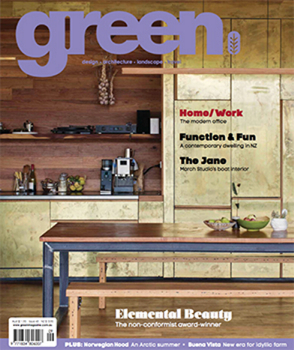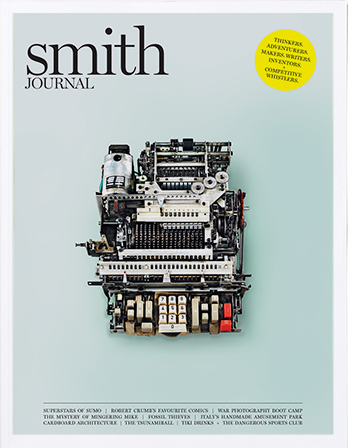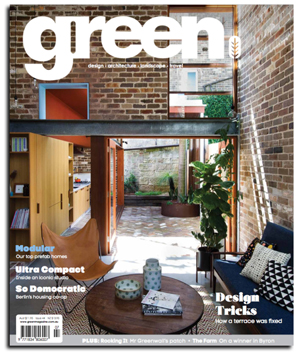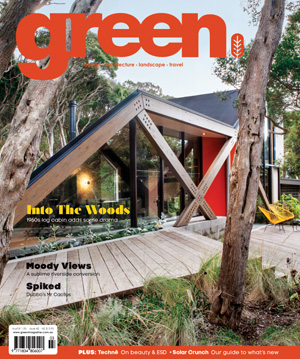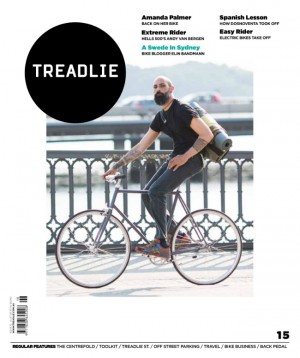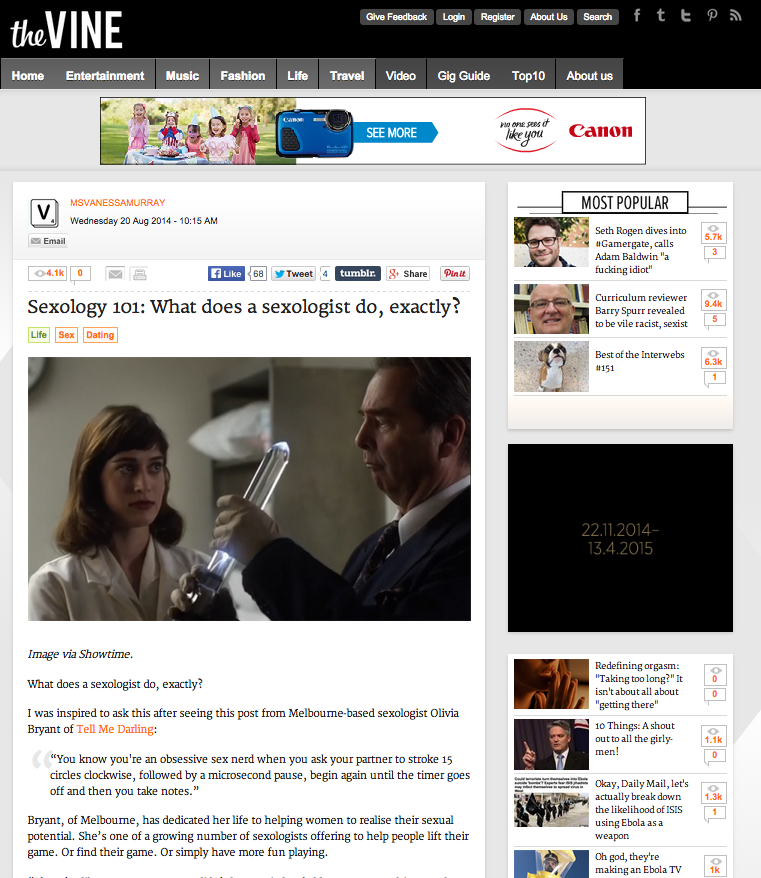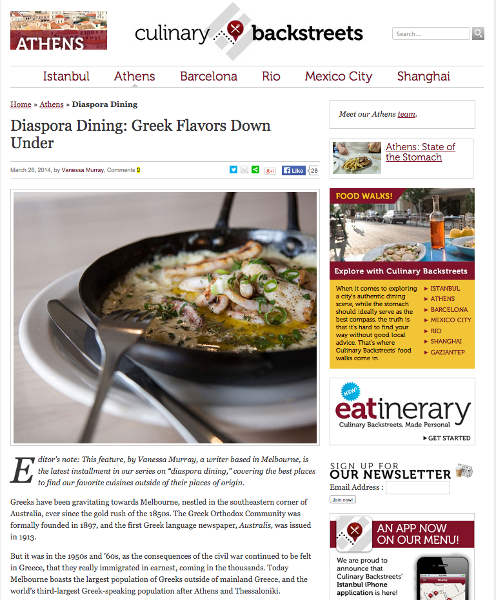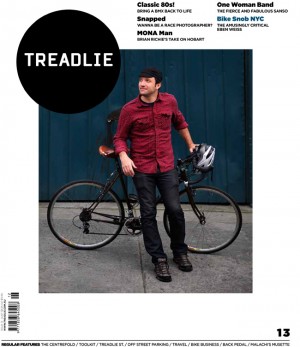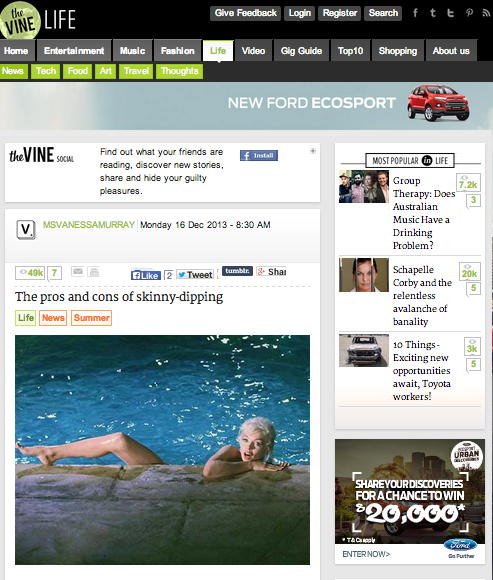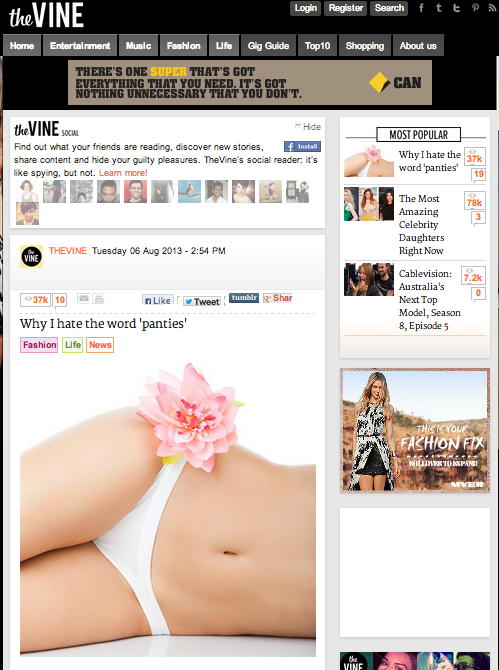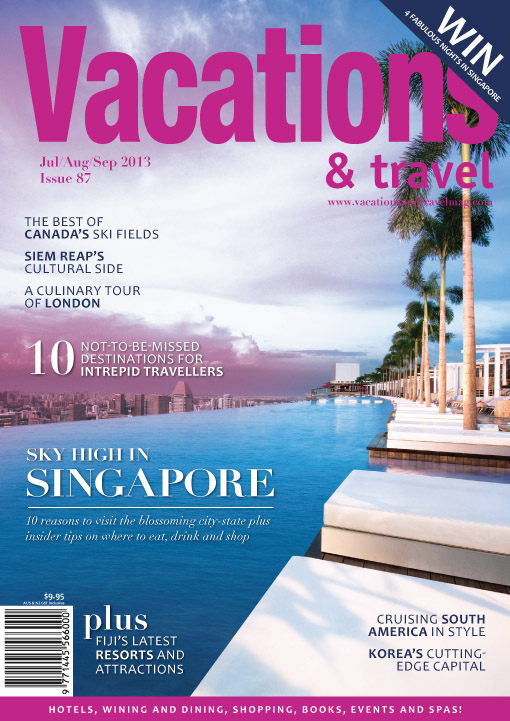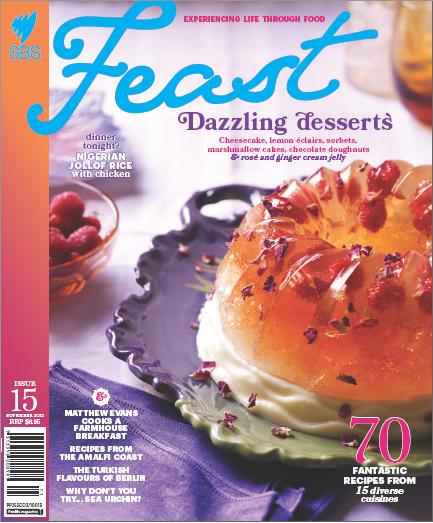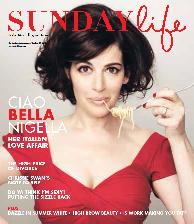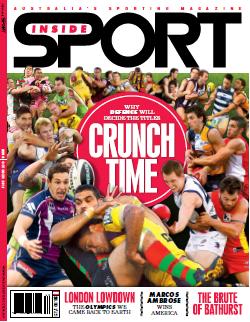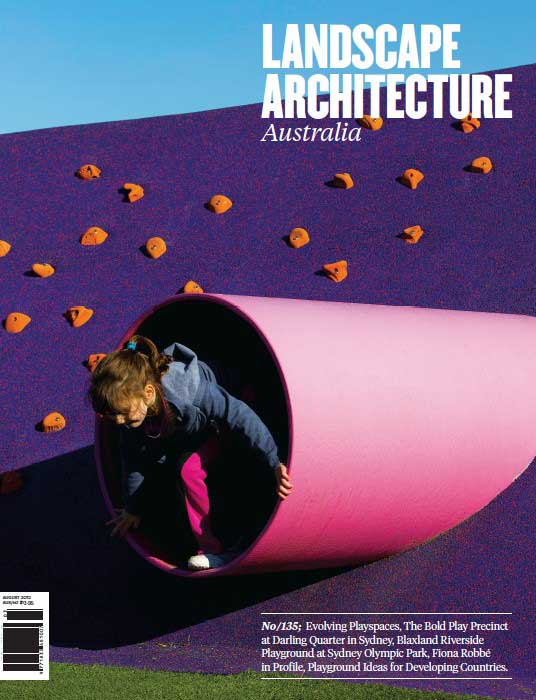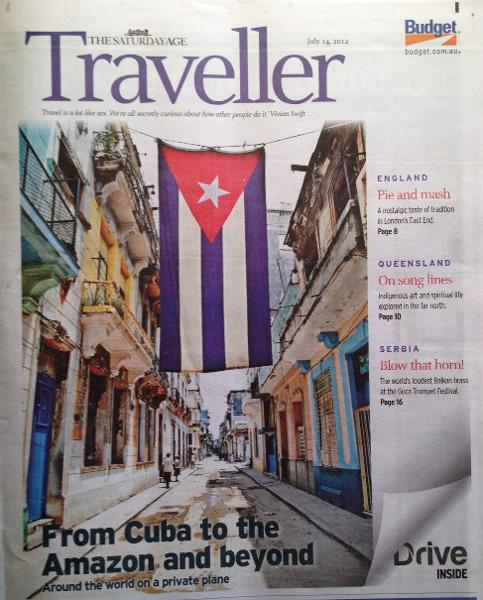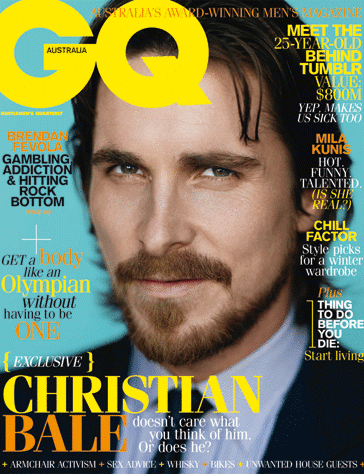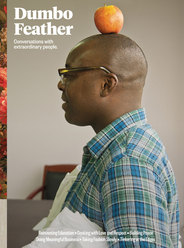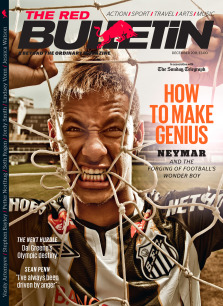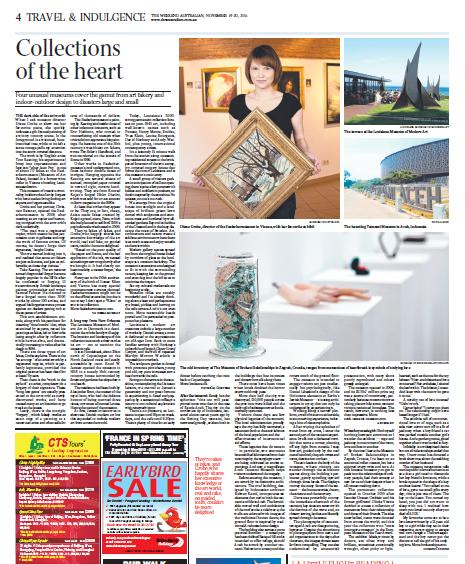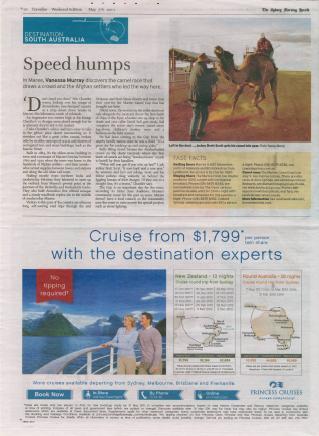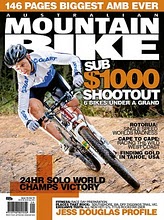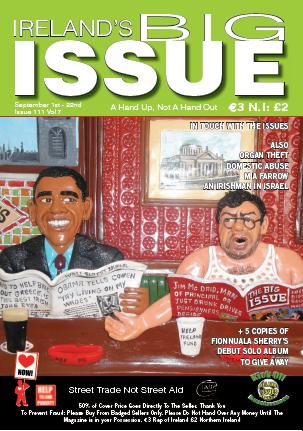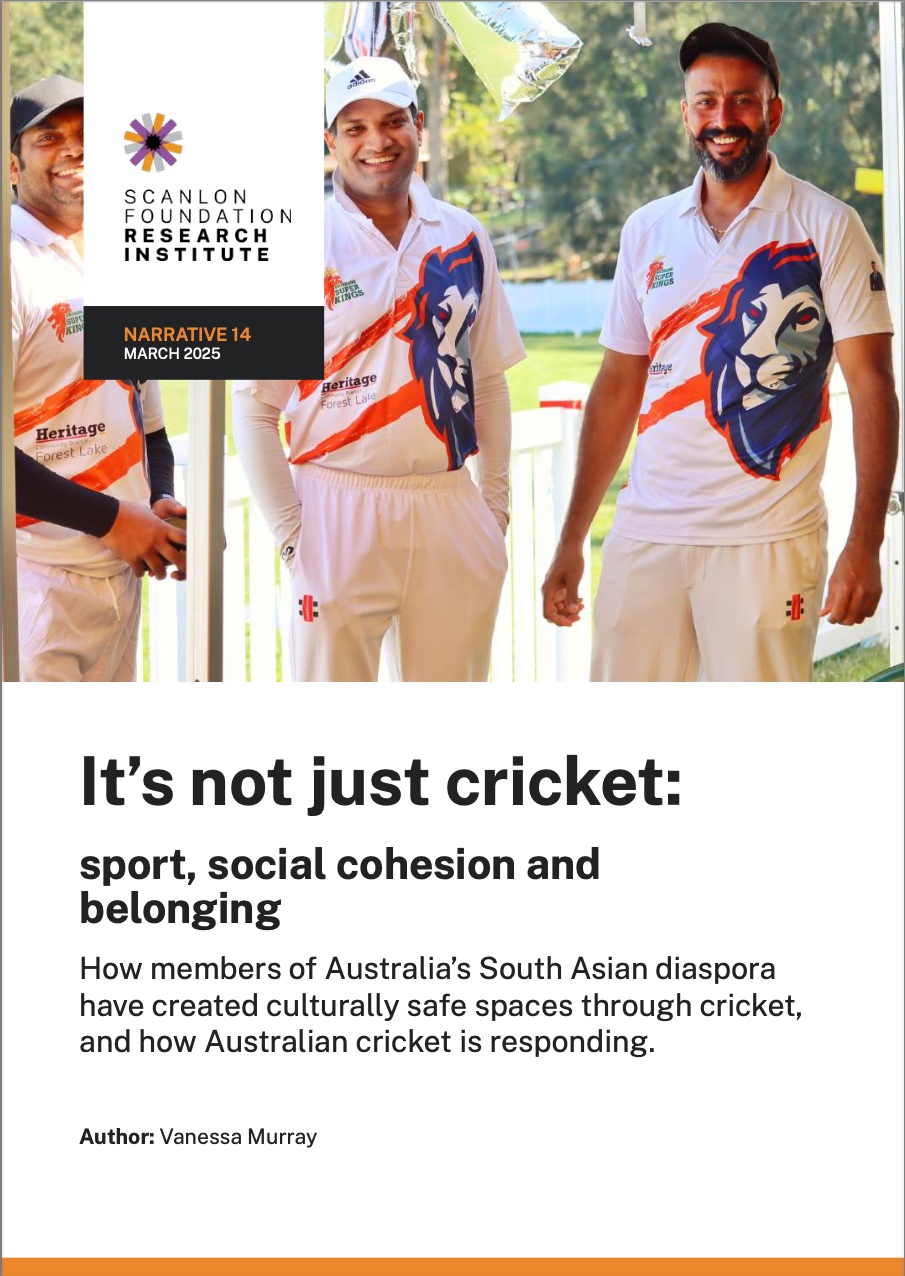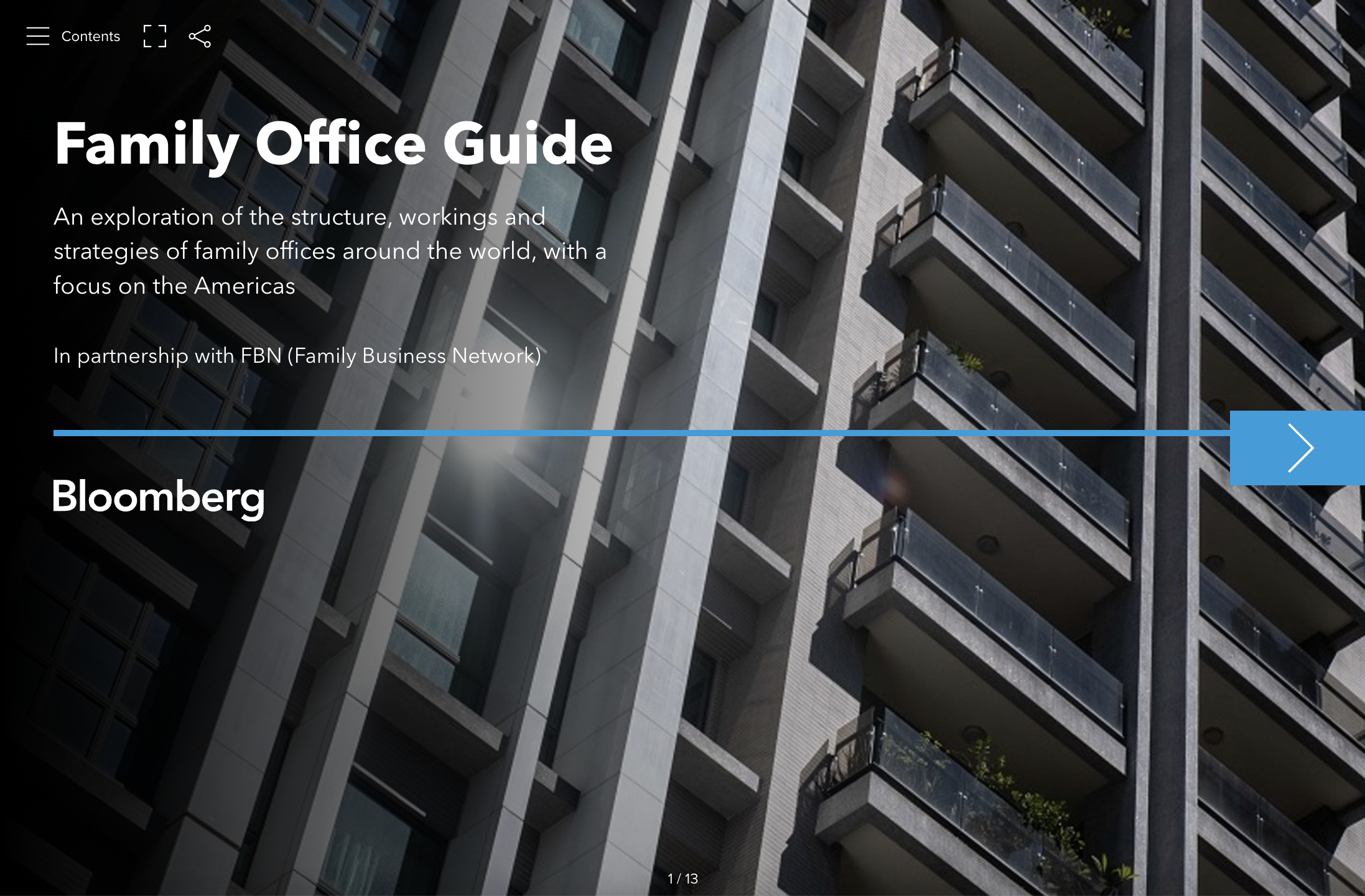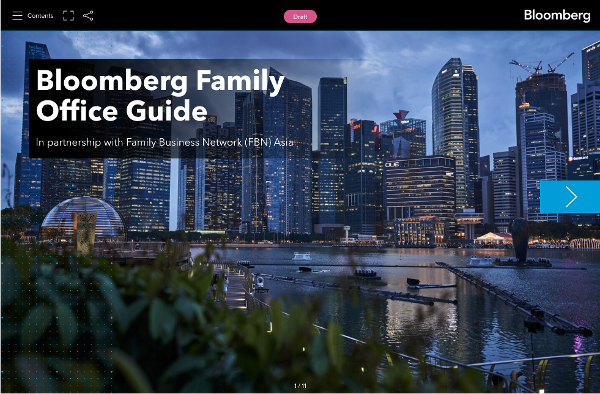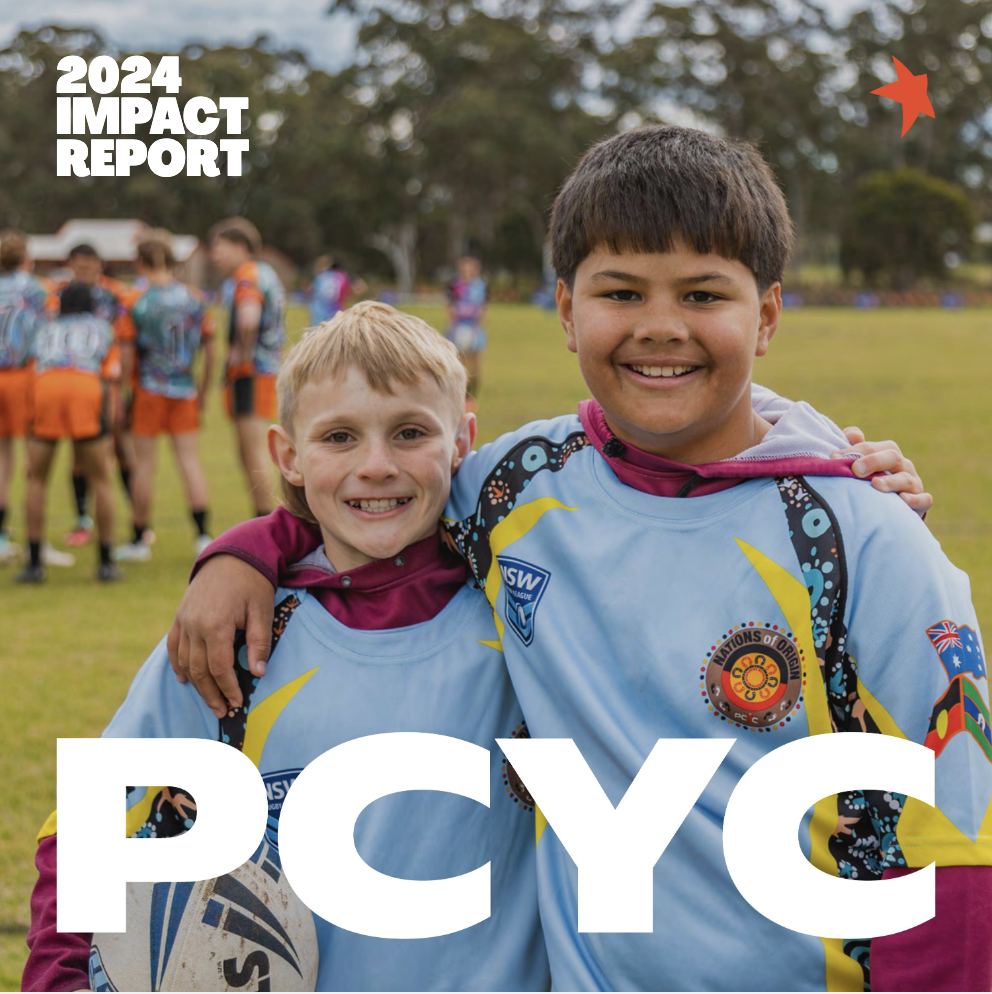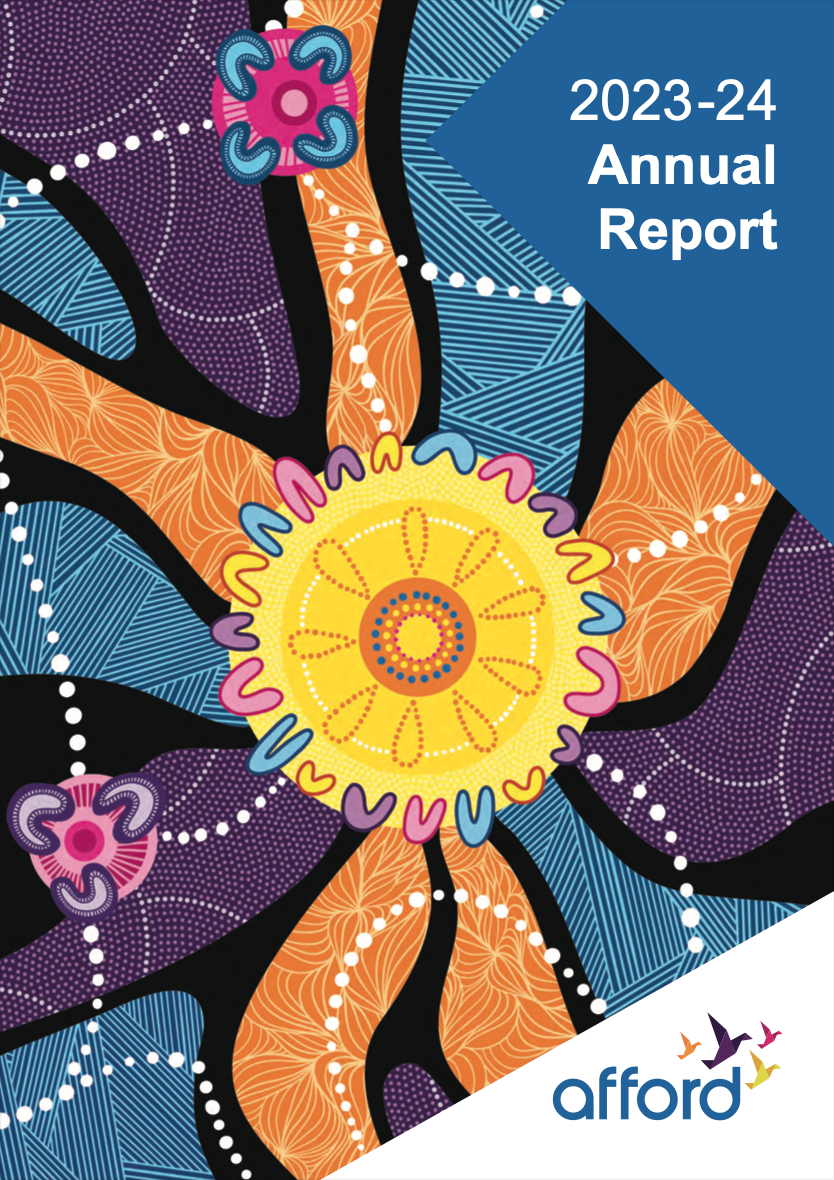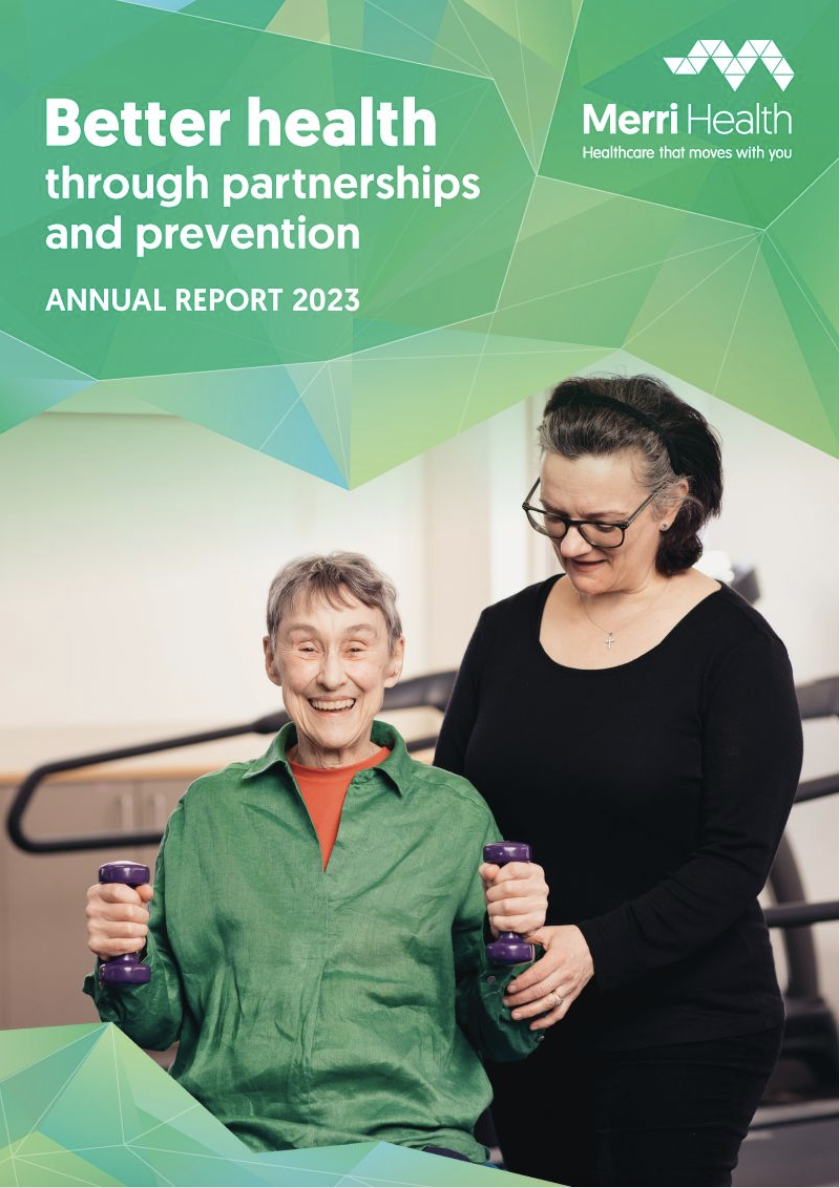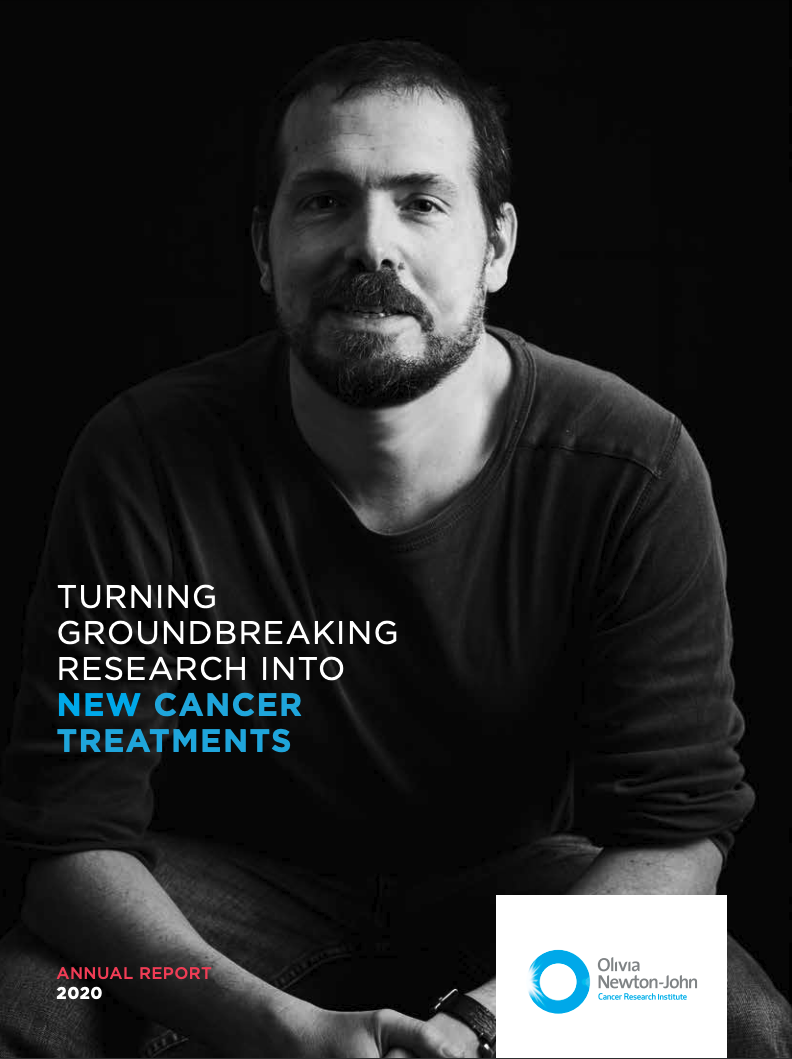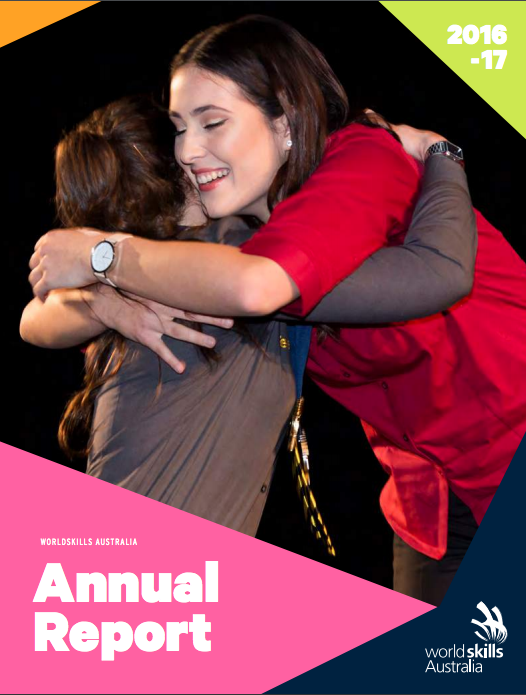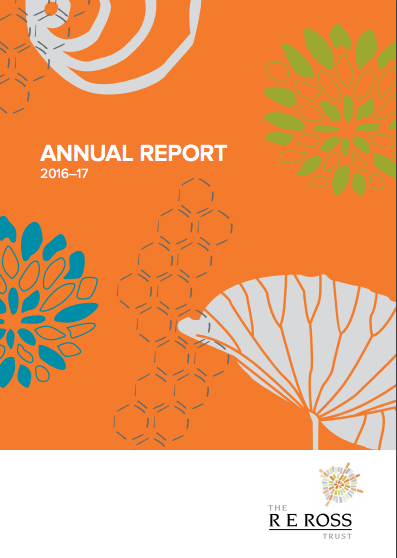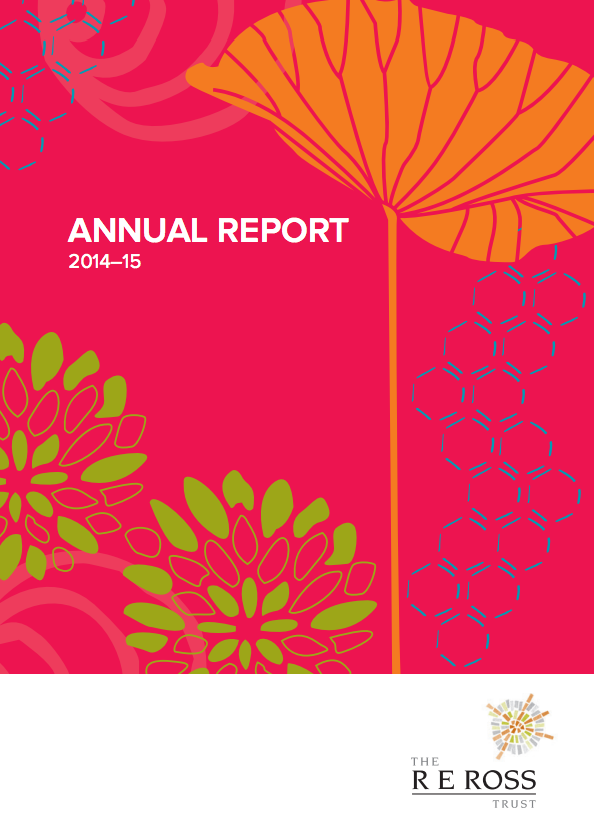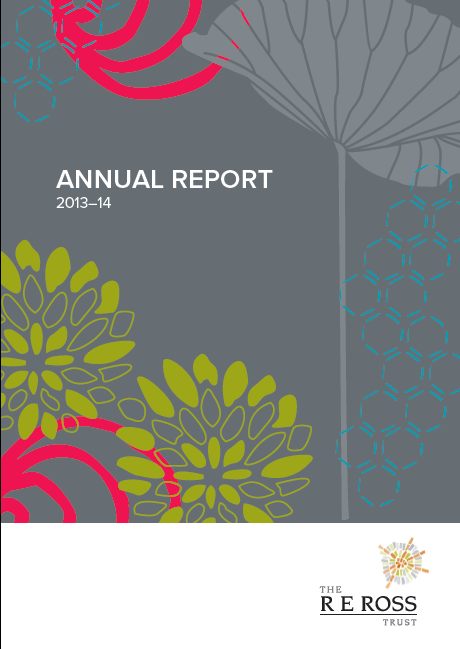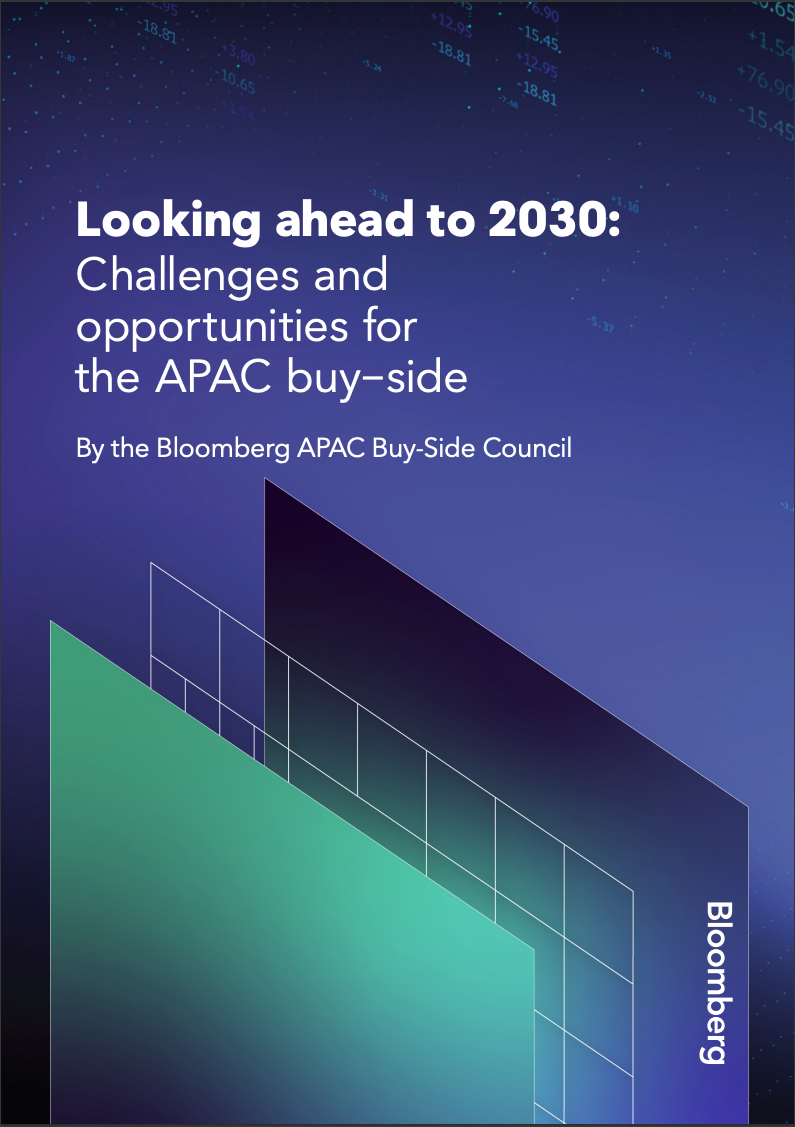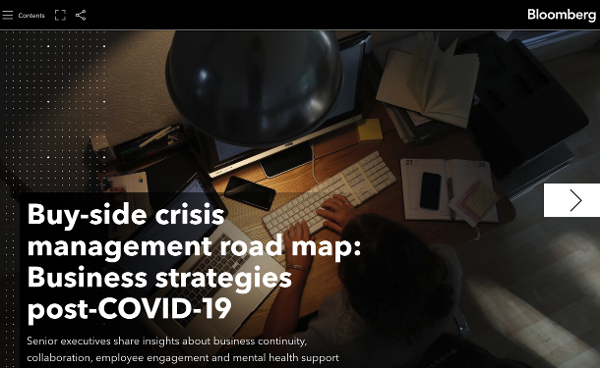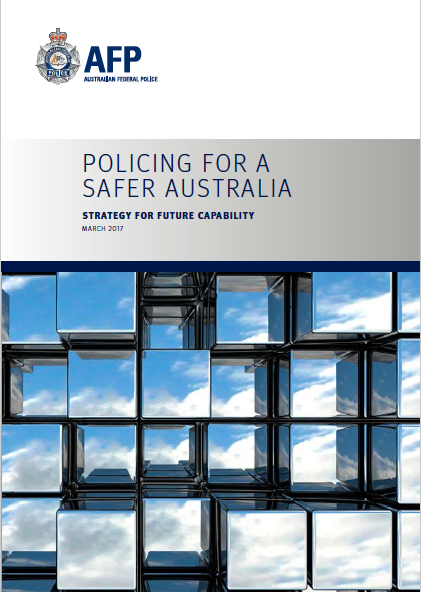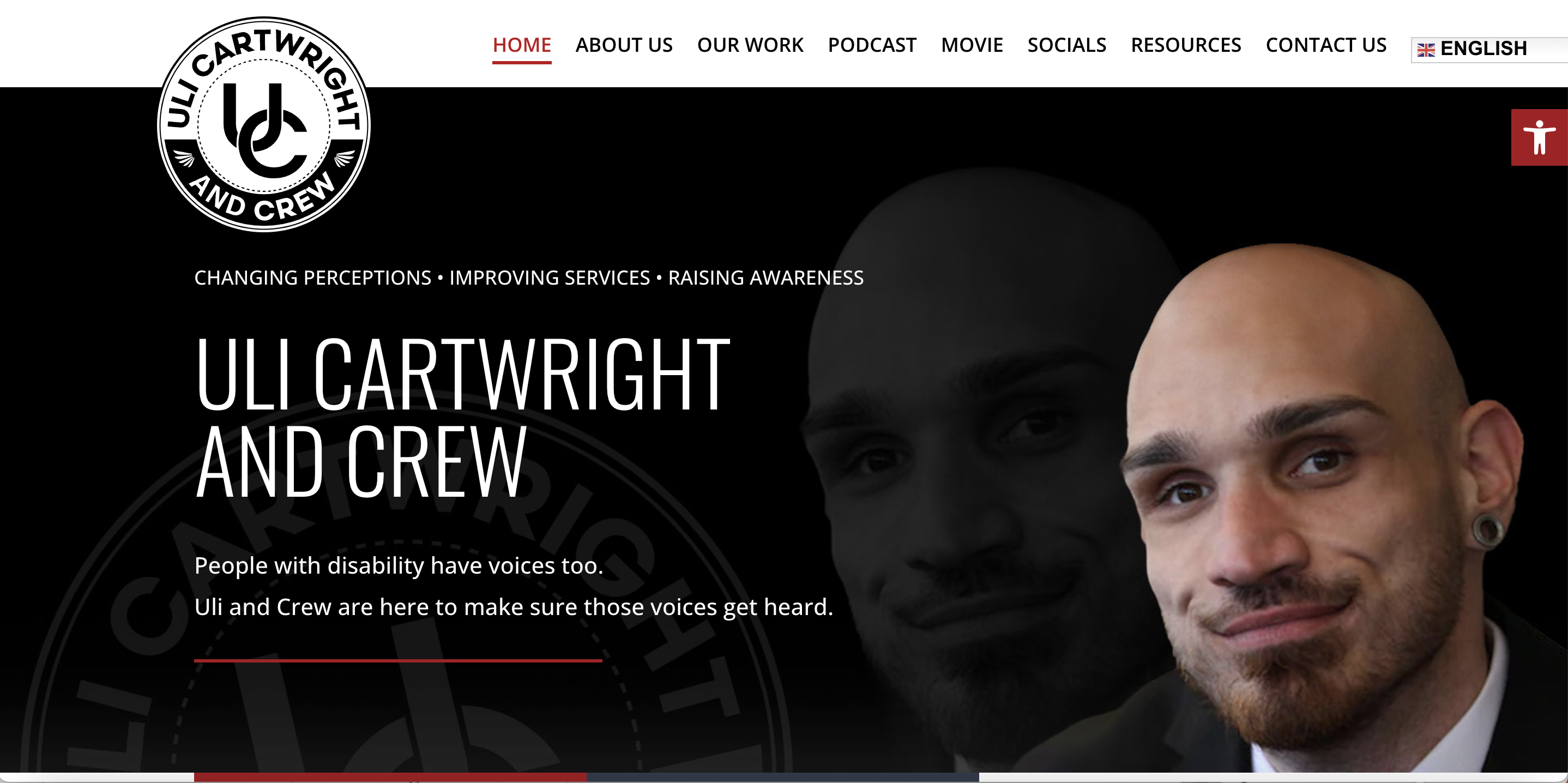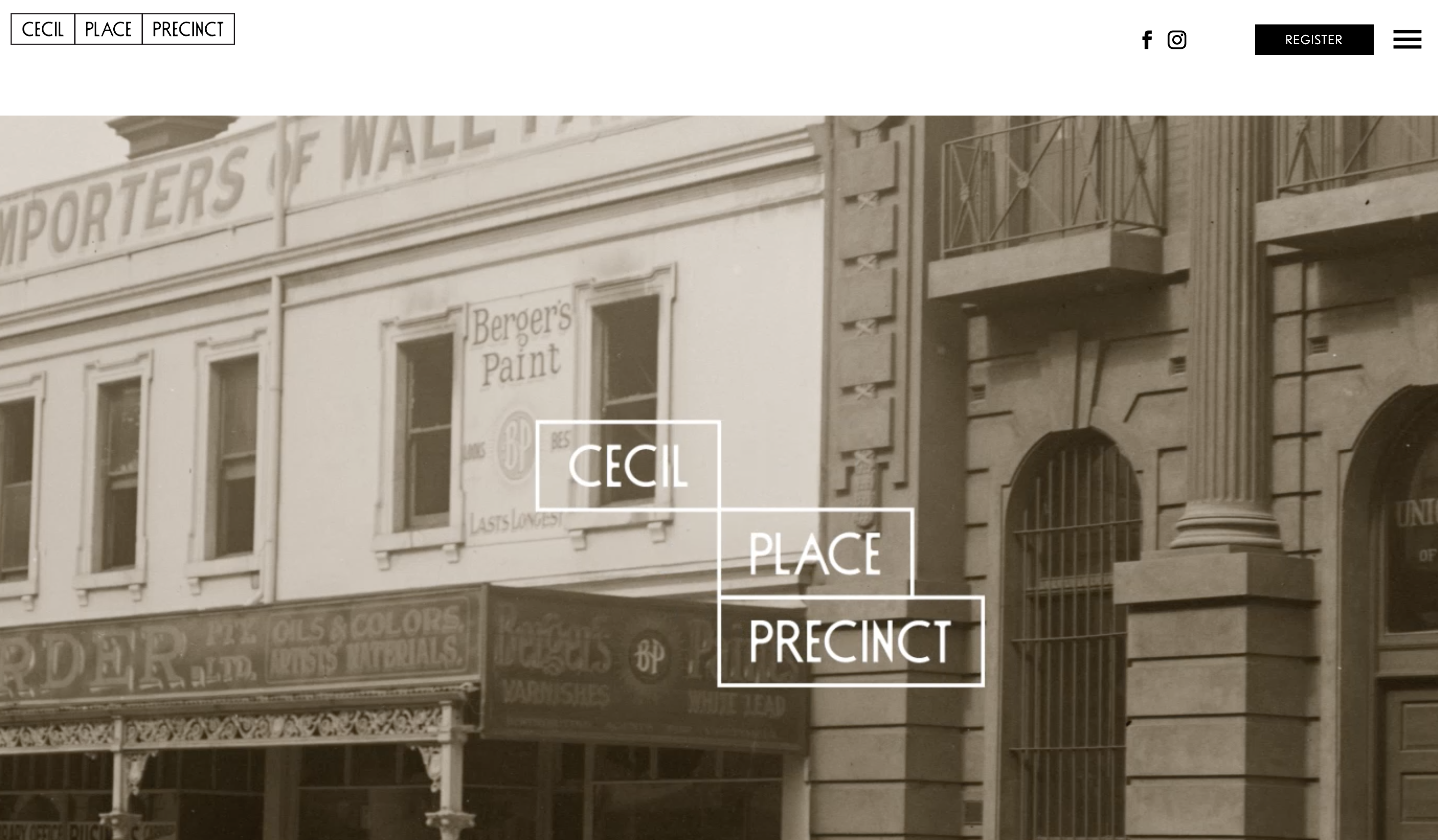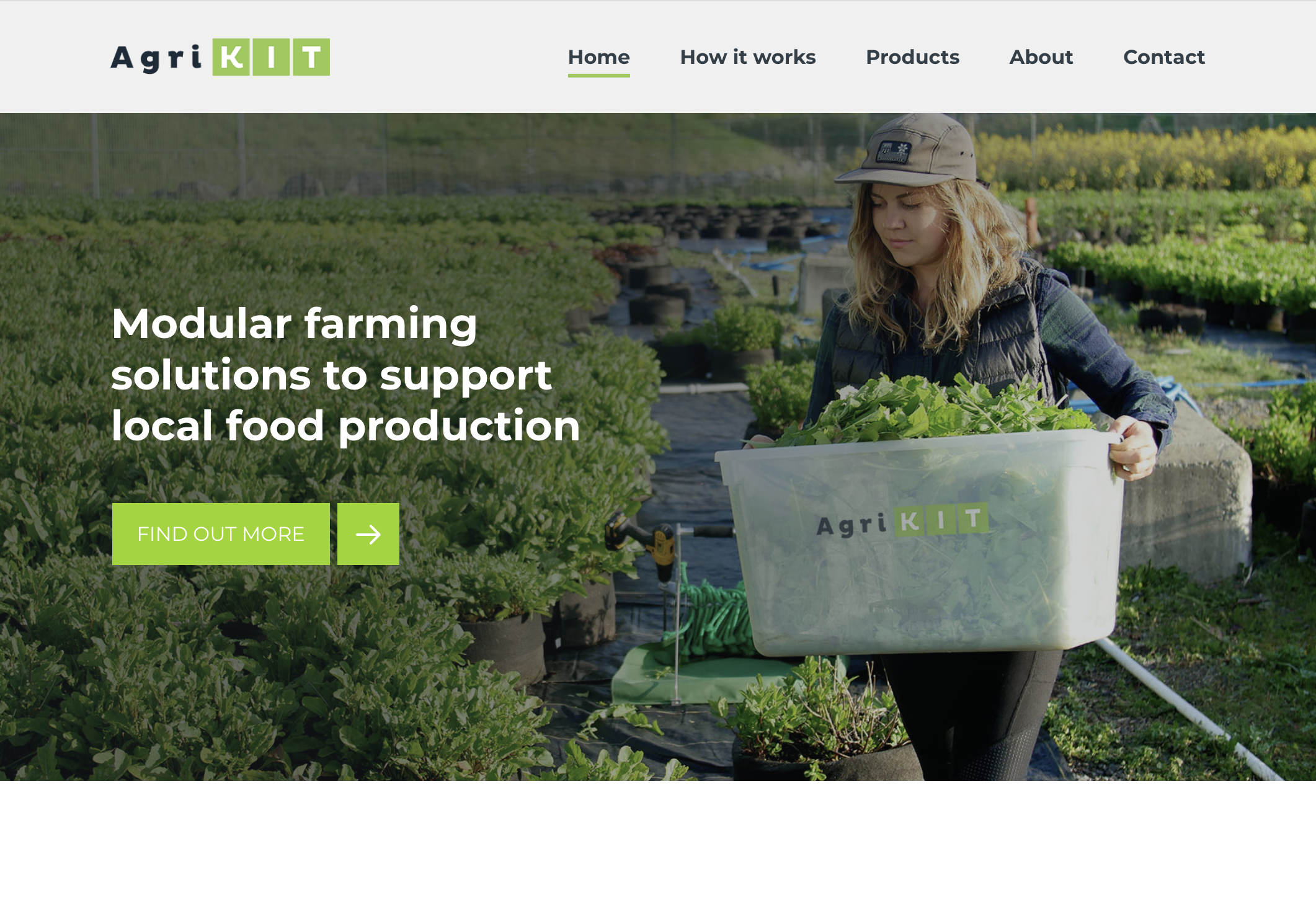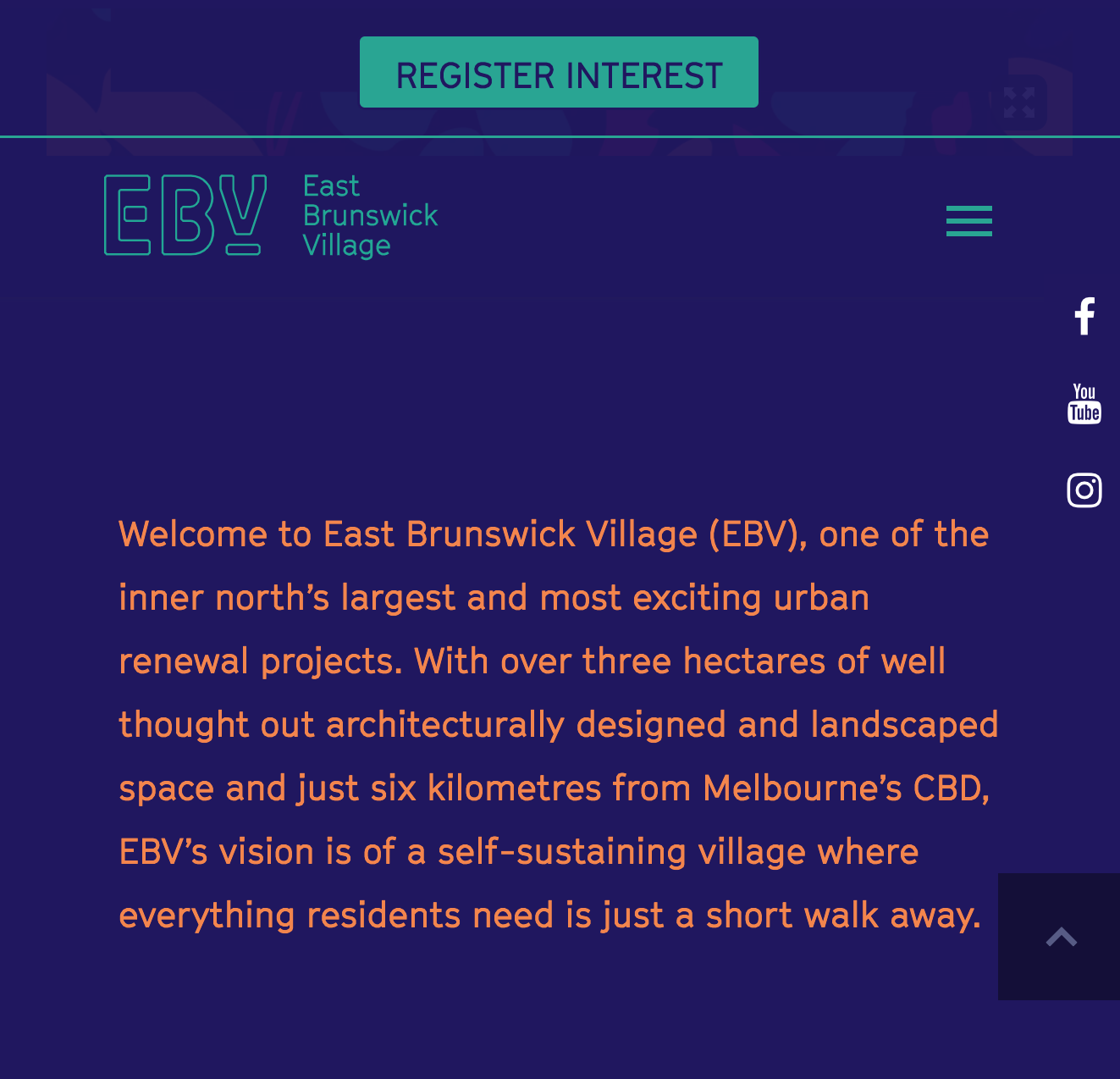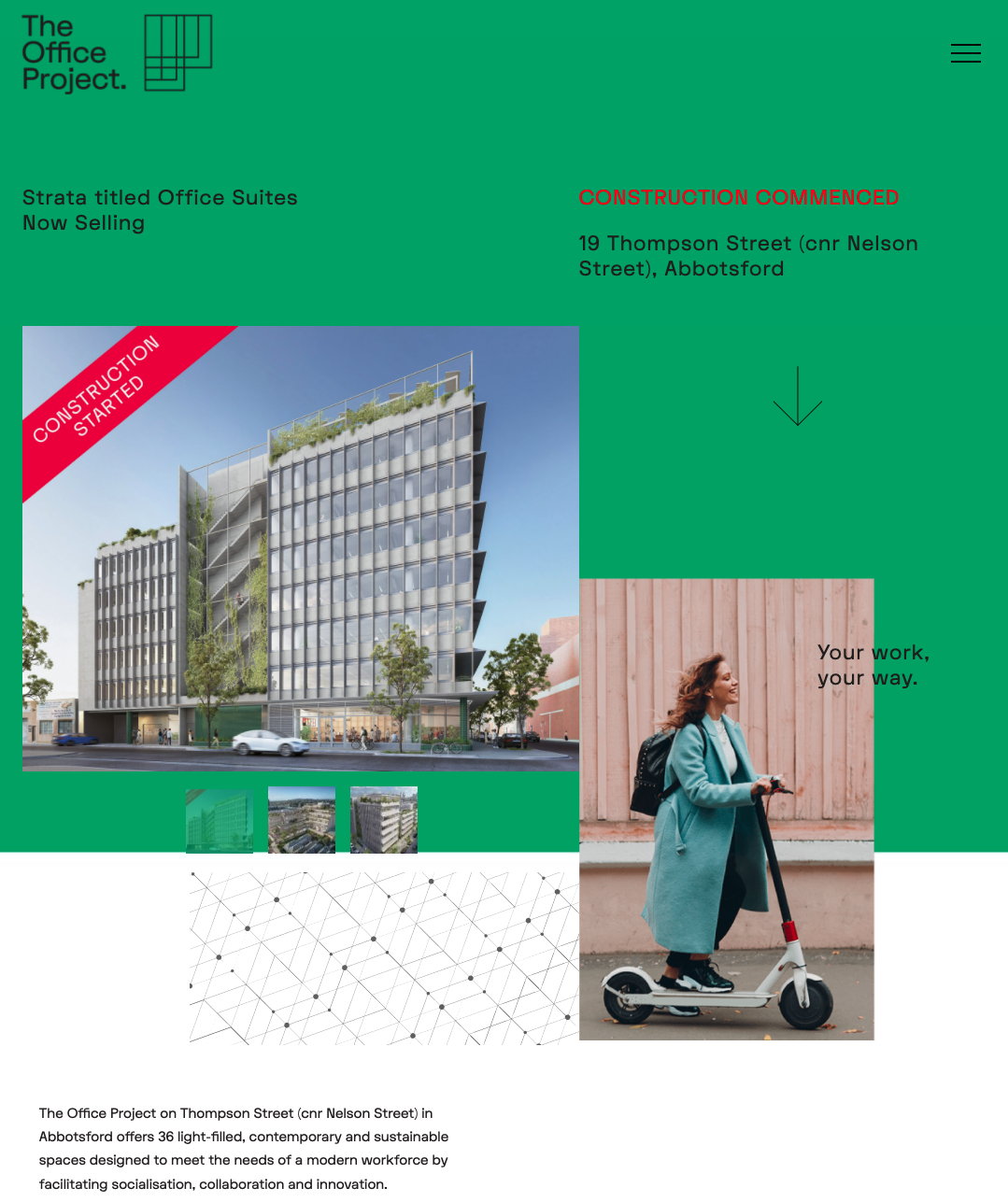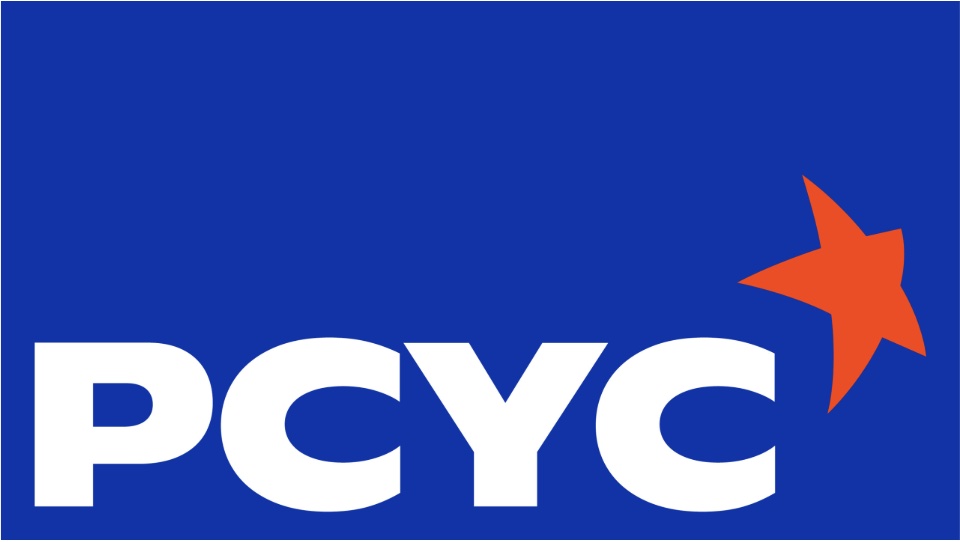

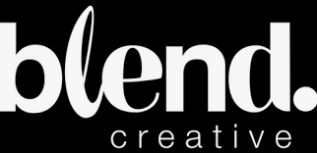





I am an experienced writer, editor and content strategist.
If you're looking for clear, effective communication that is aligned with your vision and values, then I'm your person. I regularly produce strategic and insightful copy for Australian and global clients including Bloomberg, BBC StoryWorks, Monash Foundation, the Scanlon Institute and VicHealth. I have special interest in social impact, systems change, literacy and accessibility. I enjoy working at the interface of copy and design, and am across AI's potential and limitations. Ask me about my AI use policy.
I am also a published author and journalist.
My work has been published in The Age, The Australian, Broadsheet, Dumbo Feather, Marie Claire, Inside Sport, Kill Your Darlings, Sunday Life and more. A longform narrative about cricket and the South Asian diaspora was published by the Scanlon Institute in April 2025. A non-fiction book, Made to Last, was released by Hardie Grant in 2017. It was distributed in 10+ countries and published in English, German and Mandarin. I've also supported other creatives to write their own books. I have a second longform narrative due out with the Scanlon Institute in April 2026, and a children's fiction project on the backburner.








I am a competent and creative writer.
My experience takes in content creation across a range of formats and mediums including websites, blogs, white papers, impact reports, annual reports, sponsored content, longform narratives and case studies.
I work with design and content agencies, Australian and global businesses and not-for-profits, community health organisations, universities and think tanks. I enjoy collaborating, can start from scratch or build on existing content, and always, always get the job done well. On bigger projects I might get other writers involved or advise we use AI tools – please ask me about my AI policy.
Words are powerful; I get immense satisfaction out of helping people use theirs well.
I like to work supportively and responsively, meaning I fit in with the way you think and work best. You might like me to pick your brain in person or over the phone/Zoom, send me some bullet points or an AI-generated draft to finesse, or have me expand on and improve your existing copy. I can project manage myself towards an agreed deadline, work with your teams or advise you on how the heck to get it done. It really is about what you need.
- Deep dive into your industry or area of expertise
- Help clarify themes, key messages and approach
- Hone communication to suit your audience
- Be trusted with your clients
- Start from scratch or build on existing content
- Research and gather information
- Interview experts and everyday folk
- Advise on SEO and AI use
- Create or adhere to brand and copy guidelines
- Meet the deadline – every time
I was one of those kids that liked to read the same book again and again.
I was an early writer too. I loved to hole up in my bedroom writing stories and poems and won several school essay prizes. I've always enjoyed people watching and exploring the relationships and connections that simmer under the surface of things. I honed my capacity for critical thinking at Victoria University in Wellington (New Zealand), where I majored in English literature and social anthropology. The perfect tools for a modern day writer.
The 'what if' of professional writing beckoned me in 2009.
Introduction
I'd spent several years of travelling and working in research administration and management. It was fulfilling, but not what I wanted to be doing long-term. So I gave writing a go, slowly but surely building a portfolio in media, then more client-focused communications. And you know what? It worked out.
Everybody has a story.
I find asking a question then listening to an answer – or giving someone the space to develop one – hugely interesting. With a bit of digging, the dullest of topics can come alive. Over the years my work has become increasingly human, social change and impact centred.
I work to per word, per hour or per project rates.
It all depends on what suits the project and client. I offer all clients and prospective client a free (and obligation free) preliminary chat. I also offer obligation-free time estimates and quotes.
I work quickly and honestly.
I am a big fan of process and efficiency. If I can see a more timely or cost effective way to meet your needs, I'll let you know. Lately, this means exploring AI tools. If you want to know more about this, ask to see my AI use policy. I keep a close timesheet on every project, which you're welcome to see at any time.
Countdown to COP27: Q&A with experts from Riskthinking.AI and Bloomberg LP on physical climate risk in Africa
Bloomberg Professional Services
November 2022
Sonali Theisen of Bank of America on influencing the future of Fixed Income markets and beyond
Bloomberg Professional Services
November 2021
Australian Cuisine Begin (ghostwriter)
Liam Randall
June 2022
The defining book on Australian Cuisine by chef Liam Randall. Part history and part cookbook, it weaves 61 authentic, easy-to-follow food and beverage recipes through seven time lines, from the beginnings of the world’s oldest culture through to the modern day. Come on an enriching journey that will sate your curiosity, warm your heart and fill your belly in a uniquely Australian way.
Lives in Colour (contributing writer)
Hardie Grant
July 2020
Individual relationships with colour are as many and varied as hues on the spectrum. Telling stories about colour, however, unites us in a universal appreciation of the integral role colour plays in all our lives, the way it shapes our memories, affects our moods and heightens our experiences. Lives in Colour is a collection of honest tales told by a diverse group of creative individuals about the way colour weaves its thread through their professional and personal endeavours. For this project, I interviewed and wrote about Cameron McKenzie, Isamu Sawa, Rick Eckersley, Mardi Doherty, Clare Cousins, Simone Haag and Nick and Renee Garnham.
Grounded (contributing writer)
Anna Carlile + Hardie Grant
March 2020
This book is your entry into a world that spins slowly and draws its inspiration from the earth, the ocean, the sun and the sky. Organised into chapters for the four seasons, each project will lead you to discover a new way to practise slow living and weave nature into your everyday life. Build a garden bed and plant seeds. Watch your vegetable garden grow, and pluck a tomato or two to make a salad. Go on a walk in the woods, build a campfire and then read the moon. Rediscover a childlike joy of nature through over 20 projects to cook, make or do outside.
Made to Last: A Compendium of Artisans, Trades and Projects (author)
Hardie Grant
November 2017
Made to Last: a compendium of artisans, trades and projects is my first book. It features 50 artisans from all around the world who are making useful, heirloom quality objects that will stand the test of time. It celebrates unique and durable products that reflect true craftsmanship, and the tradespeople behind their creation. Some products have been made by hand, others with cutting-edge technology, yet each has been designed and crafted with care.
Made to Last features 50 artisans from around the world and details the products they create, the tools they use, and the secrets of their craft. With DIY projects included, readers can become creators themselves, and develop the skills to bring unique products to life.
Made to Last features 50 artisans from around the world and details the products they create, the tools they use, and the secrets of their craft. With DIY projects included, readers can become creators themselves, and develop the skills to bring unique products to life.
365 Nature (contributing writer)
Anna Carlile + Hardie Grant
December 2015
365 Nature, by Anna Carlile
Published by Hardie Grant Books
Slow down. Simplify. Let go. 365 Nature does just this. It's your entry into a world that spins slowly and draws its inspiration from the earth, the ocean, the sun and the sky. Each turn of the page through spring, summer, autumn and winter will lead to a new discovery and a new project to help you weave nature and creativity through your everyday life.
Blood in the sand: Northern Spain farewells bullfighting
Kill Your Darlings
April 2012
Catalonia, Spain, September 2011. The morning breaks quietly, the sun rising from the Mediterranean like a god and slowly heating the sprawling metropolis; at noon the sun is almost painfully bright. By evening, though, it has cooled to comfortable temperature – a relief, as our tickets are for the sol side of the Plaza de Toros Monumental de Barcelona: the Monumental Bull Ring of Barcelona.
We arrive early, unsure what to expect. Four oval domes tiled in white and blue sit sentinel on the Monumental's upper perimeter, watching over thousands of well-dressed ticket holders milling about: politicians, personalities from the Catalan bourgeoisie, and lifelong fans who can't believe this day had come.
Delivering exceptional customer experience with unified platform
ServiceNow x Lenovo (for inEvidence)
2024
Empowering Village Roadshow Group to generate valuable insights from its abundance of data
Qlik x Village Roadshow (for inEvidence)
2024
An advanced whole-of-stack portfolio analytics and order management solution
Bloomberg Professional + Rockefeller Asset Management
February 2024
Streamlining processes and workflow to enhance scalability
Bloomberg Professional + ZA Bank
November 2022
A flexible automation solution to create equity trading efficency
Bloomberg Professional + Blue Lake Partners
August 2022
Flipping the switch: how mitigating and adapting to climate change can create investment opportunity
Bloomberg Professional Services
April 2024
Australian manufacturer launches fashion label showcasing artists on the autism spectrum
Australian Manufacturing
June 2022
A tinsel takeover at ACMI
Broadsheet
August 2018
The first item of clothing Rachel Burke ever made from tinsel was a jacket. It wasn't just any jacket. The garment was for Patience Hodgson, the outlandish lead singer of Brisbane band The Grates, to wear on stage at Splendour in the Grass, 2015.
“I wanted to come up with a really great costume idea,” says Burke. “I remember racking my brains then sitting down to look through some boxes in my studio for inspiration. When I came across some old Hawaiian skirts and tinsel streamers, it got me thinking. I attached the streamers to a jacket and it went from there.”
A stitch in time: slow fashion
Dumbo Feather
April 2012
When I was teenager, my mother sat me down and tried to teach me to mend. But I was about as interested in learning how to darn the hole in my jumper as I was in joining a sports team, or understanding advanced mathematics, or crossing the road properly: zilch.
It’s a skill her mother taught her and her mother before her, back through the branches of my family tree to a time before people even wore clothes. Back then, beyond the practicality of its verbal status, mending didn’t have a name. It was just the thing that was done to sustain the life of a garment, out of the necessity, desire and common-sensibility to get the most out of the least. But now, mending is an element of ‘Slow Fashion’, one of a clutch of movements in the art of slow – food, architecture, design, living – wending their way through Western consciousness.
Sails like teen spirit
Red Bulletin
December 2011
There are few stretches as treacherous as the 630 nautical miles between Sydney and Hobart, Tasmania that are raced every year on Dec. 26. Gale-force storms known as “southerly busters” hurtle through the Bass Strait making the sea choppy and challenging. In 1998, six sailors lost their lives. Six years later, only 59 of the 116 starters completed their journey.
"The competition is very close and very competitive,” says Jessica Watson. “On top of the competition, the race is infamous for its challenging weather conditions. It’s going to be tough, and it could be dangerous, but we’re doing it because we want a challenge. We know what we’re taking on."
Coming as they do from an 18-year-old skippering the youngest-ever crew to compete in the 66-year-old race, those words might be mistaken for youthful hubris. Of course, Jessica Watson is no normal youth.
Twenty-four hour power
Australian Mountain Bike
December 2010
For the first time this year, the 12th annual World Solo 24 Hour MTB Championships travelled outside North America. It ripped up the track at Mt Stromlo, Canberra from 8th-10th October 2010, and Australia’s elite female 24hr champion, thirty-seven year old Jess Douglas was there. And by the end of the race Douglas was more than just there; she took out $5,000 in prize money and the title of World Solo Women's Elite 24HR MTB Champion 2010.
Away goals
Inside Sport
July 2010
Ruyad and Fasile are brothers, eleven and twelve years old. When I ask where they’re from I can tell it’s a question they get all the time; they probably know I’m going to ask it before I do. They’re ready. Our family is from Ethiopia, but we were born in Australia, Fasile says all matter of fact. They are smiling, happy, cheeky boys. They shout things at me from the field, playing up for my camera. Hey lady, watch this!
They’ve never been to the country their parents call home. The Collingwood Housing Estate in inner-eastern Melbourne, this is home. Three industrial era high-rises standing sentinel at either end of a large city block, an eight-laned river of traffic flowing up and down Hoddle Street on one side; Wellington Street reining it in on the other.
Each of the high-rises is twenty stories high, and each story holds ten flats: that’s 200 flats per building. Then there are the 350 or so walk-up flats packed into the land in-between, each home to between one and eight people: all up, the estate is home to around 3,000 residents. Most are of an ethnicity other than Anglo-Celtic, many are of refugee or asylum speaker origin. Vietnamese, Turkish, Chinese, Ethiopian, Somalian, Sudanese, Irani, Koorie.
Family Office Guide 2021
Bloomberg Professional Services
December 2021
Family offices are entities set up to manage the assets of ultra-high-net-worth individuals and their families. Usually safeguarding assets of US$200 million+, family offices are sometimes formed when a well-established family business is sold, or when a family wishes to restructure its approach to its wealth with the aim of managing and growing the resulting assets in an organized, effective, and regulated way.
This report draws on in-depth interviews with six diverse family offices from China, Singapore, Hong Kong, the United Kingdom and Switzerland.
This report draws on in-depth interviews with six diverse family offices from China, Singapore, Hong Kong, the United Kingdom and Switzerland.
Olivia Newton-John Cancer Research Institute Annual Report 2020
ONJCRI + Jane Lyons Journalist
December 2021
SA Power Networks Cyber Security Strategy 2025-2030
SA Power Networks X Blend Creative
February 2025
Looking ahead to 2030: Challenges and opportunities for the APAC buy-side
Bloomberg Professional Services
November 2021
Buy-side crisis management road map: business strategies post-COVID-19
Bloomberg Professional Services
December 2020



